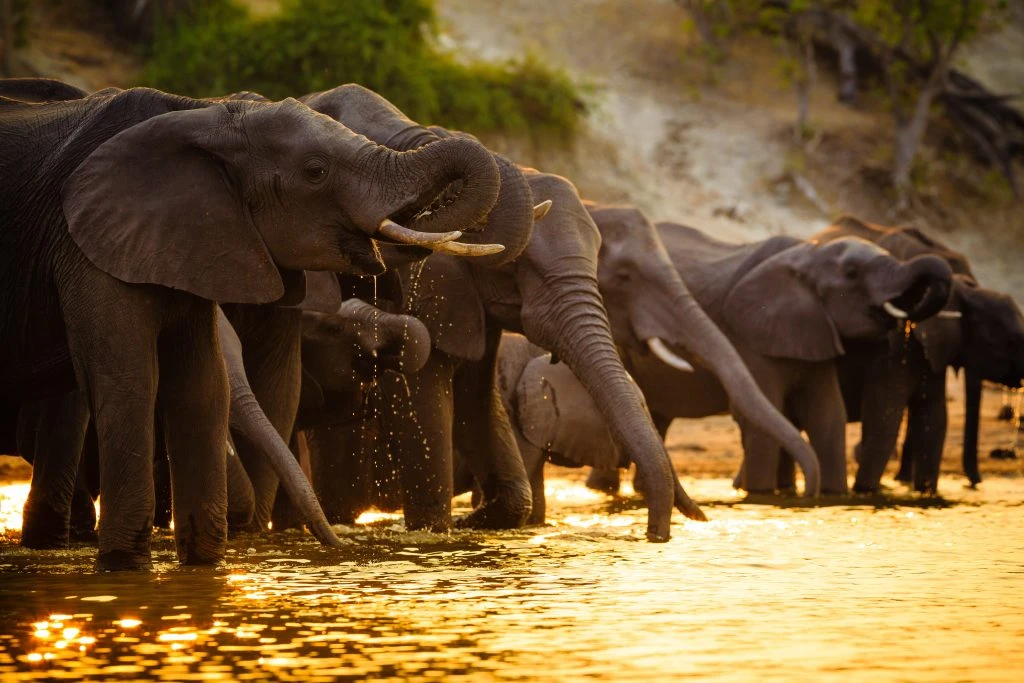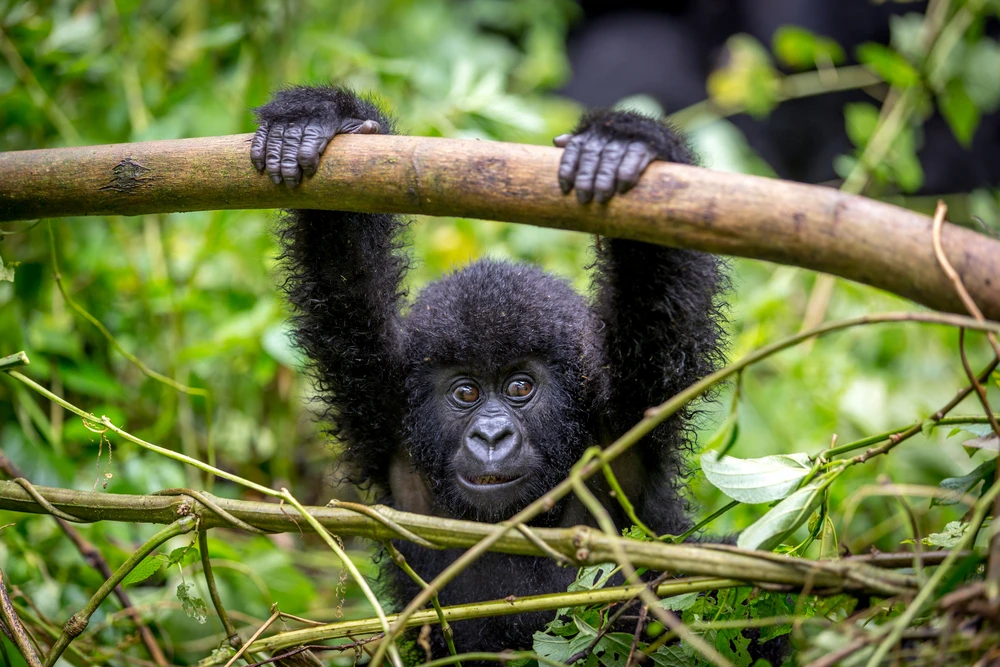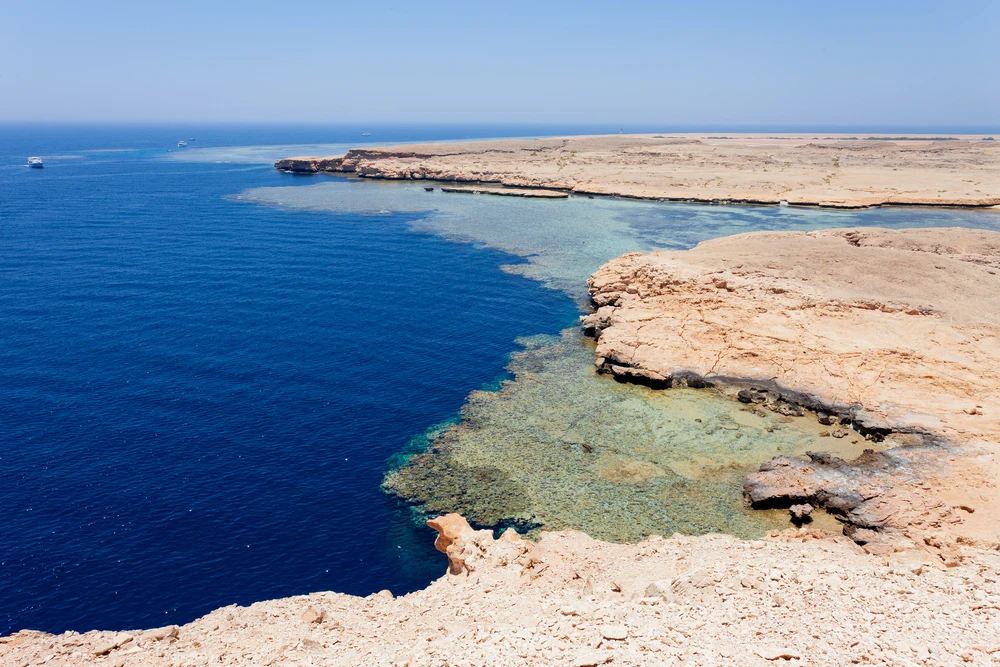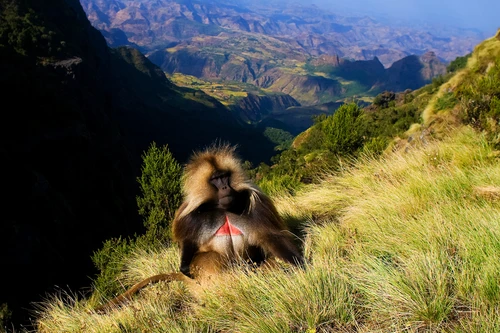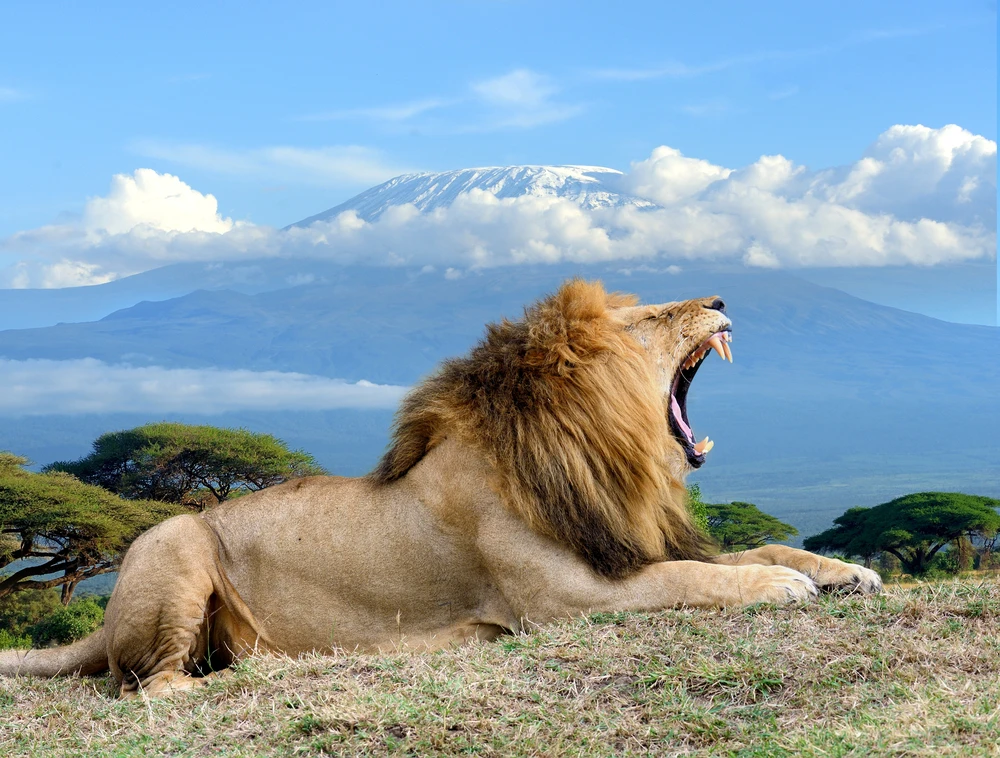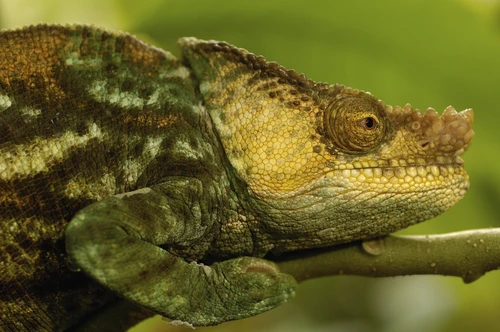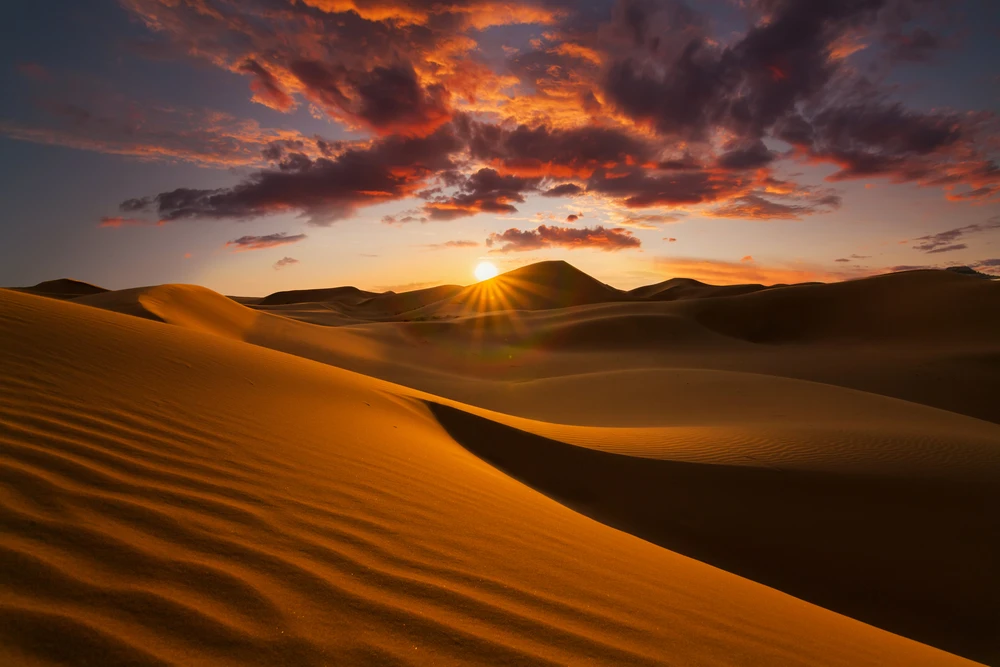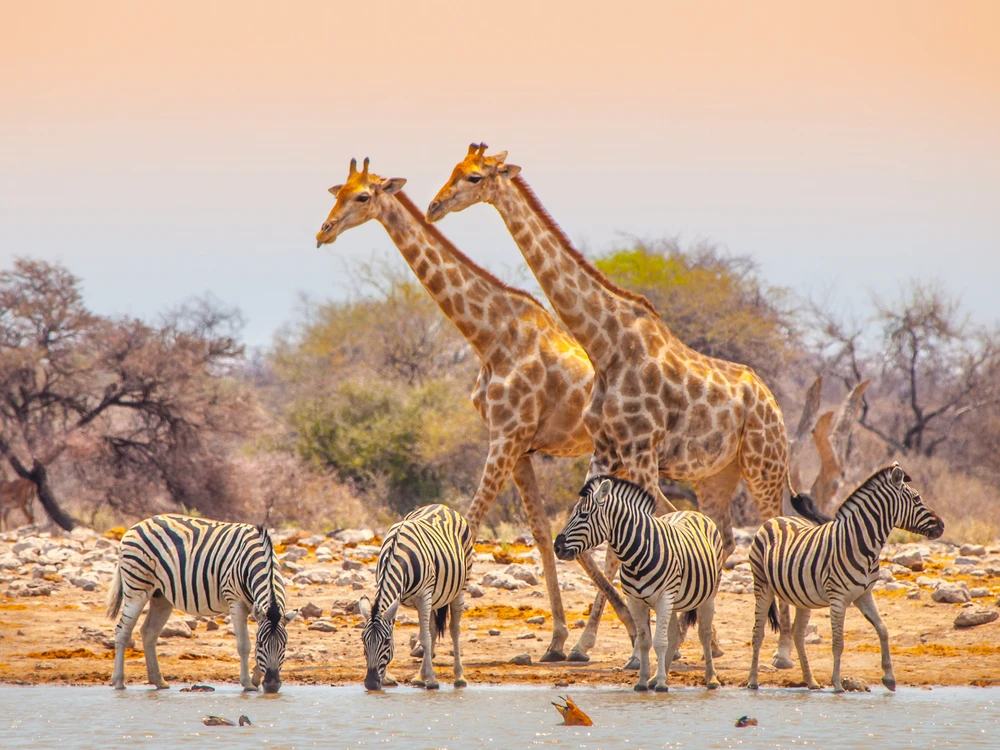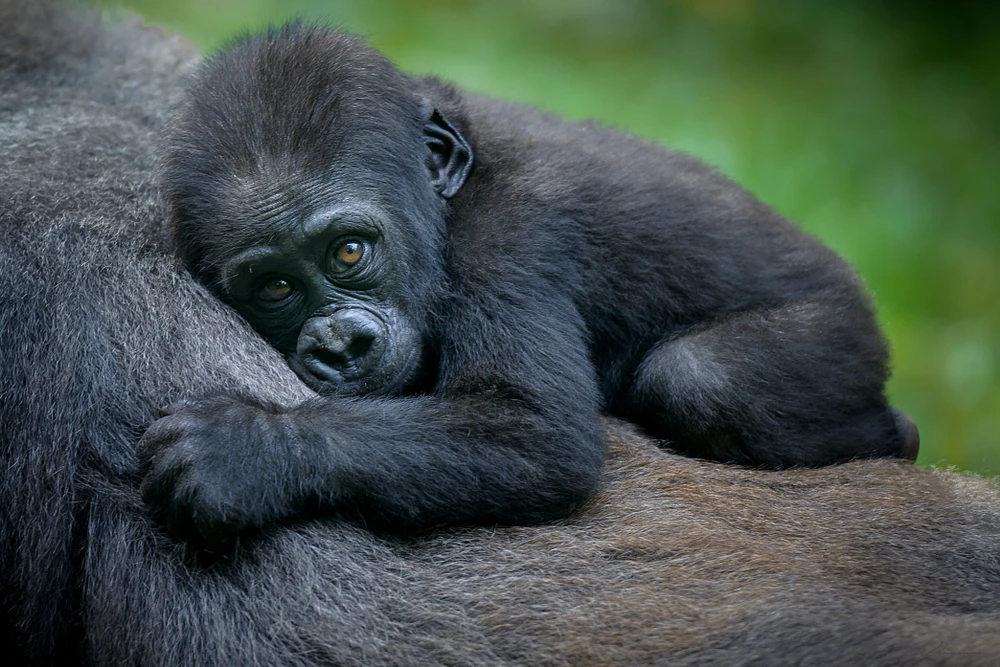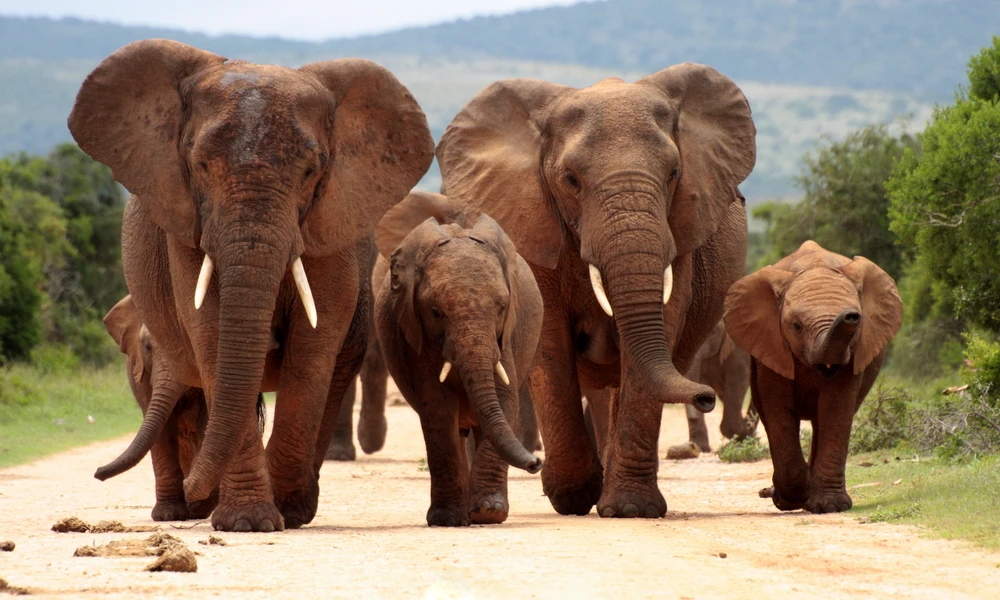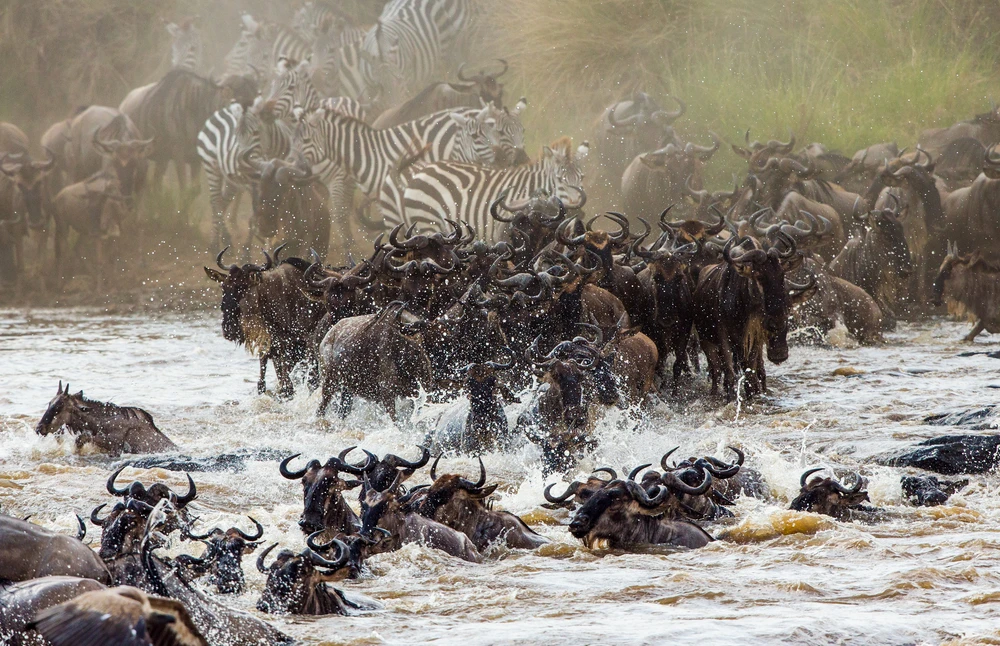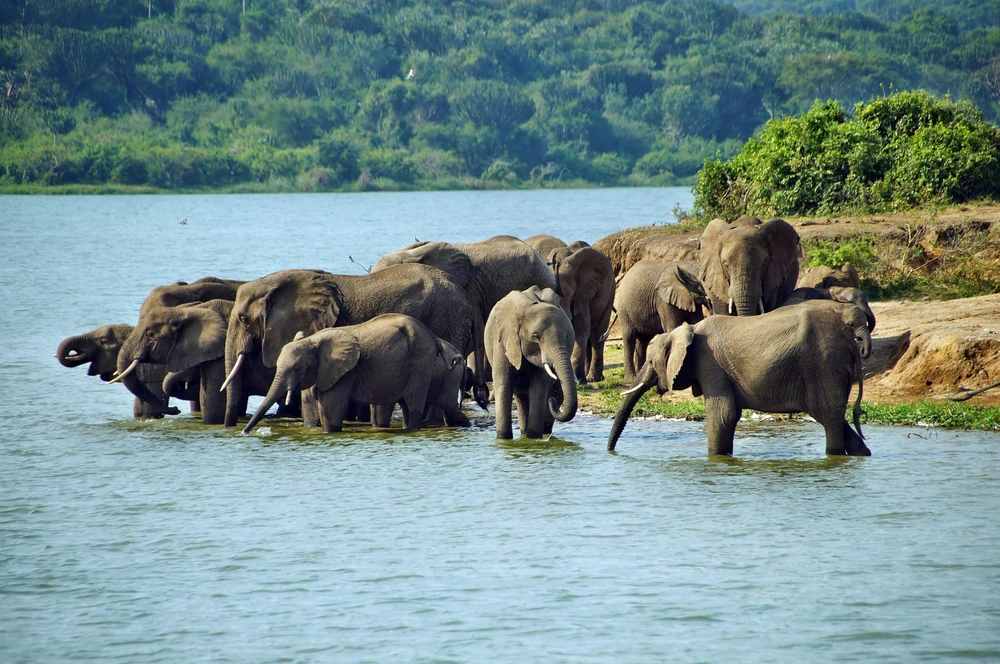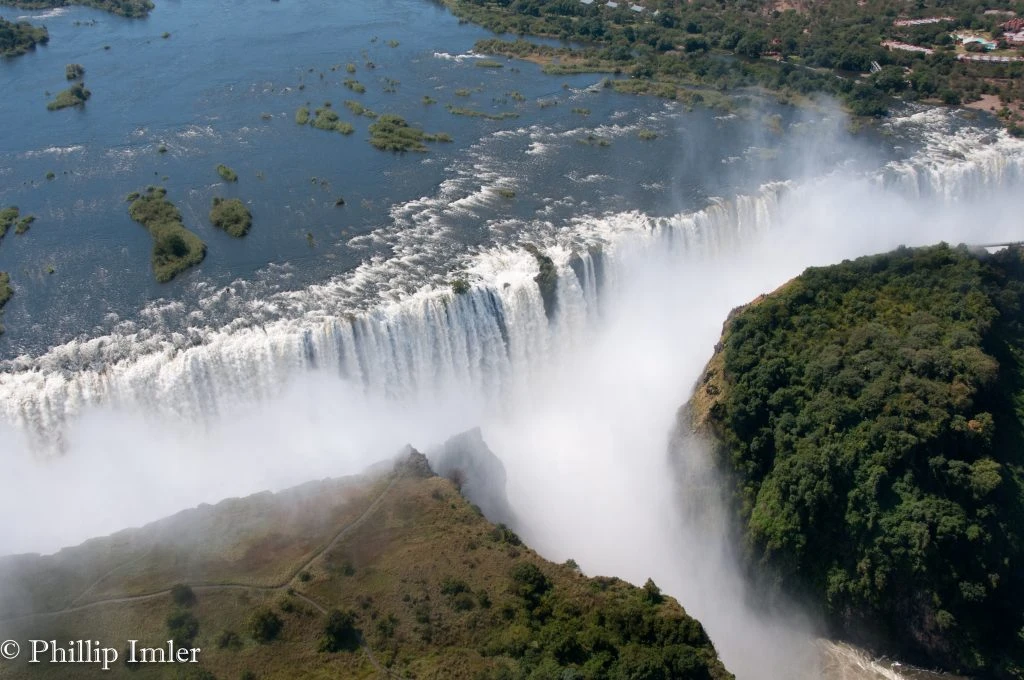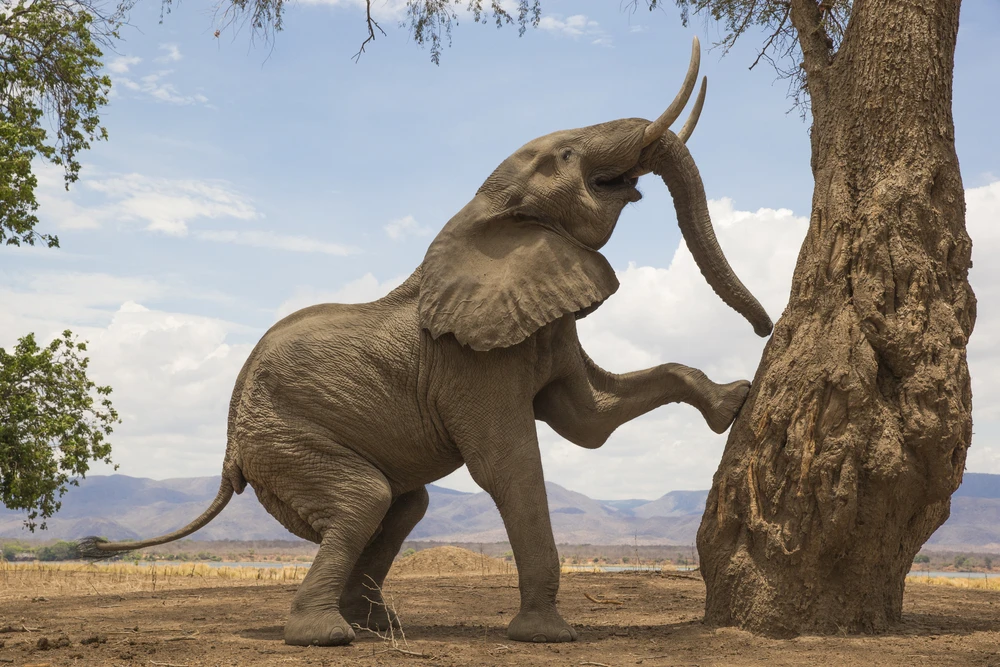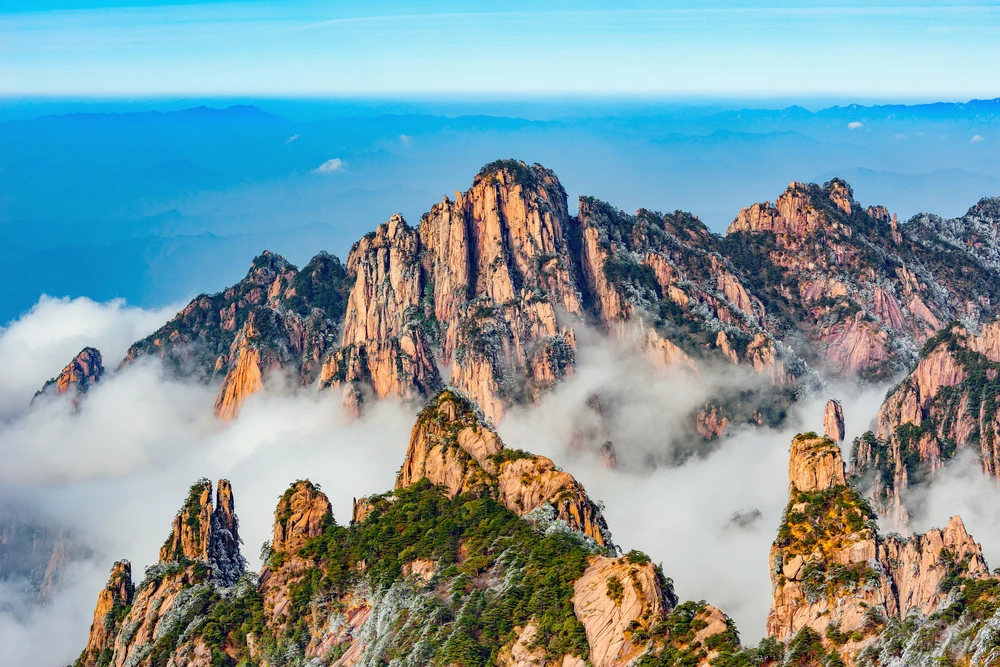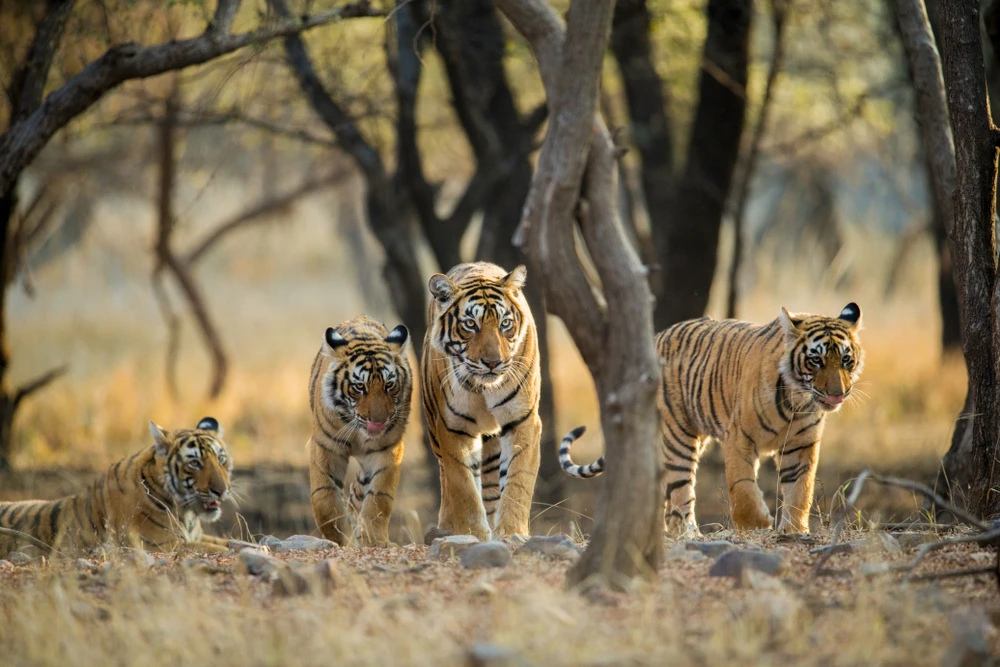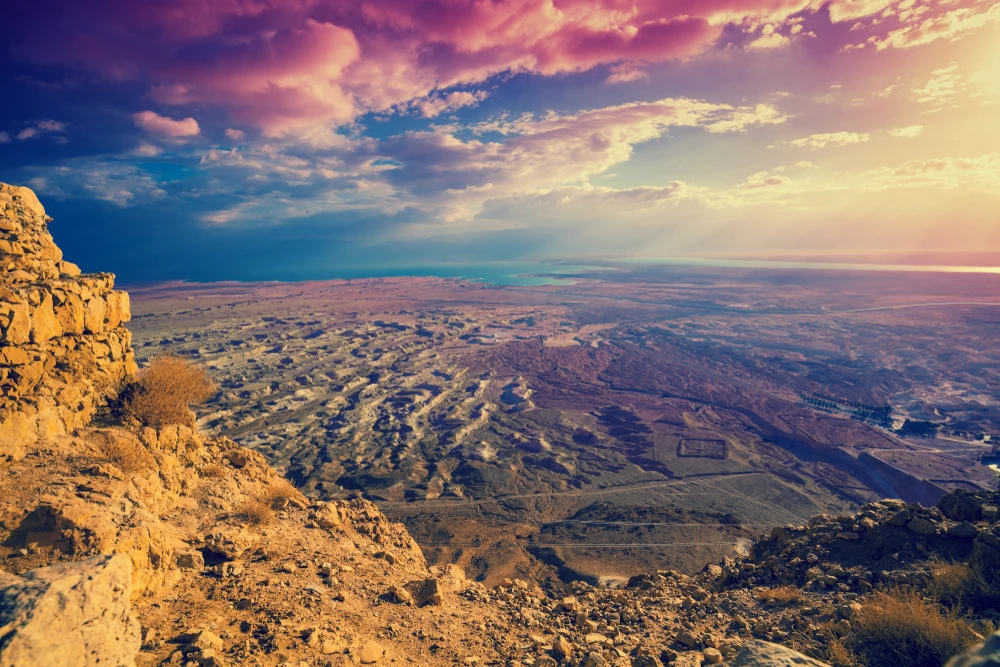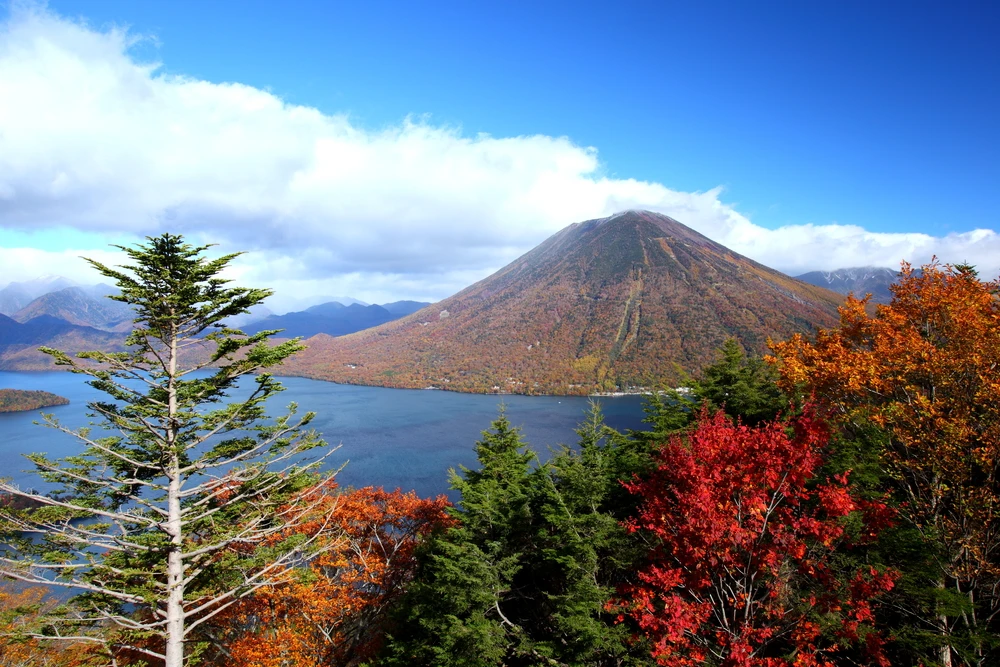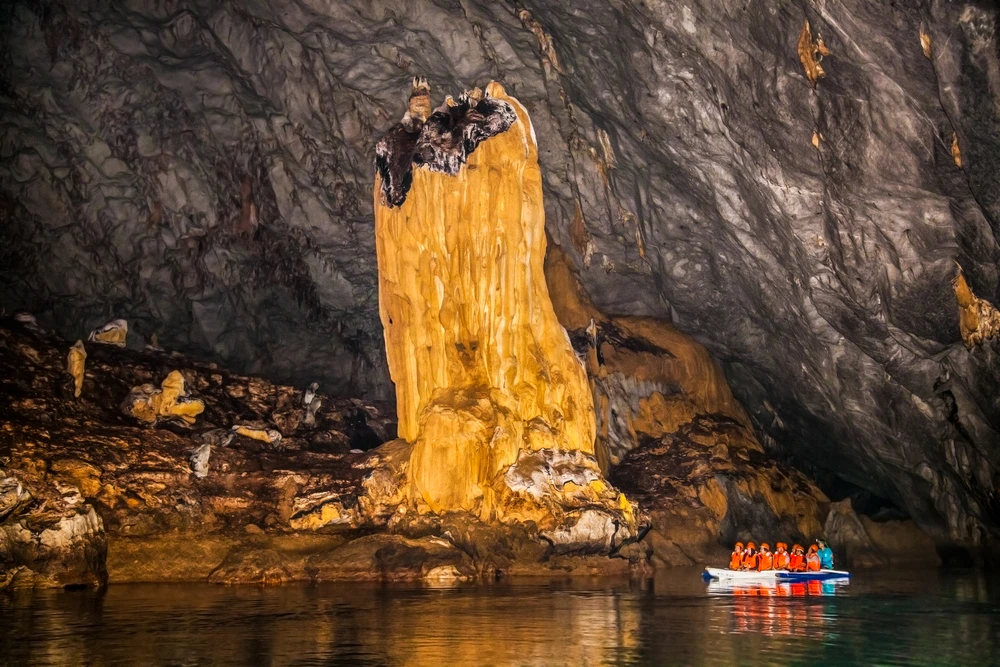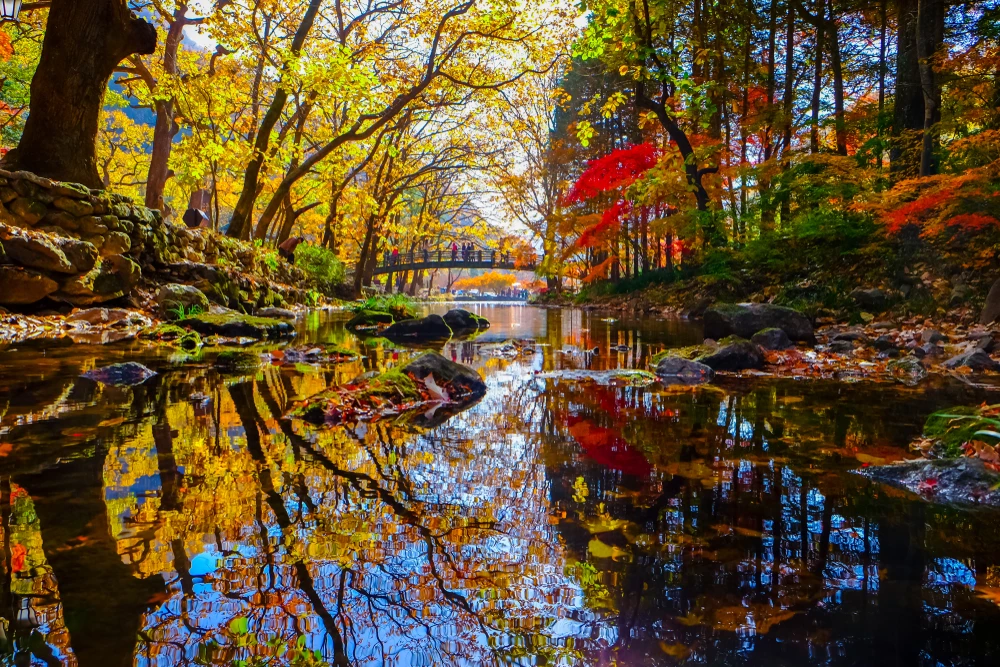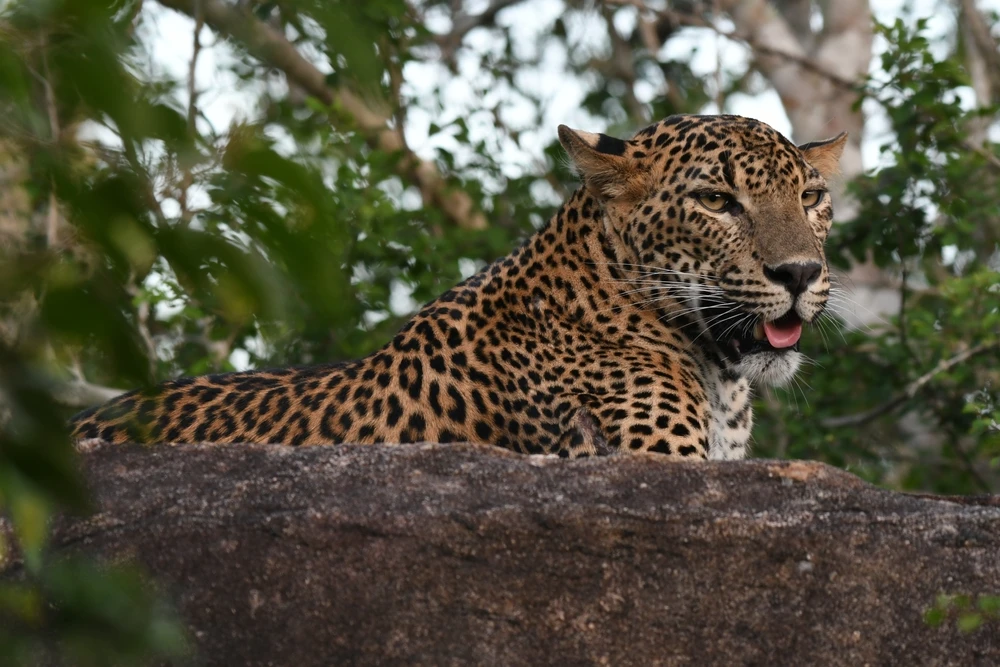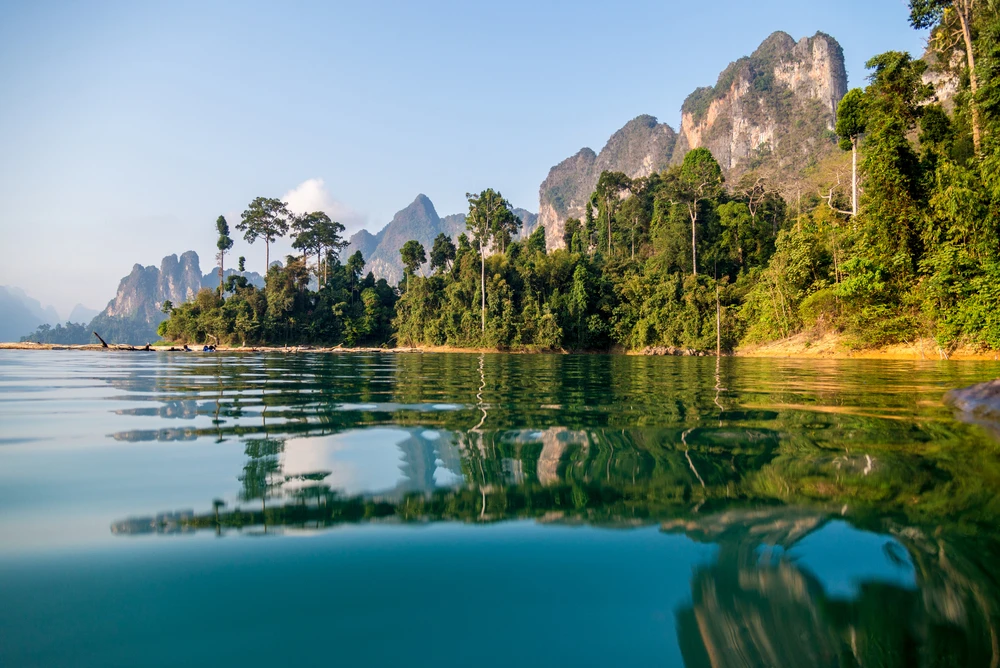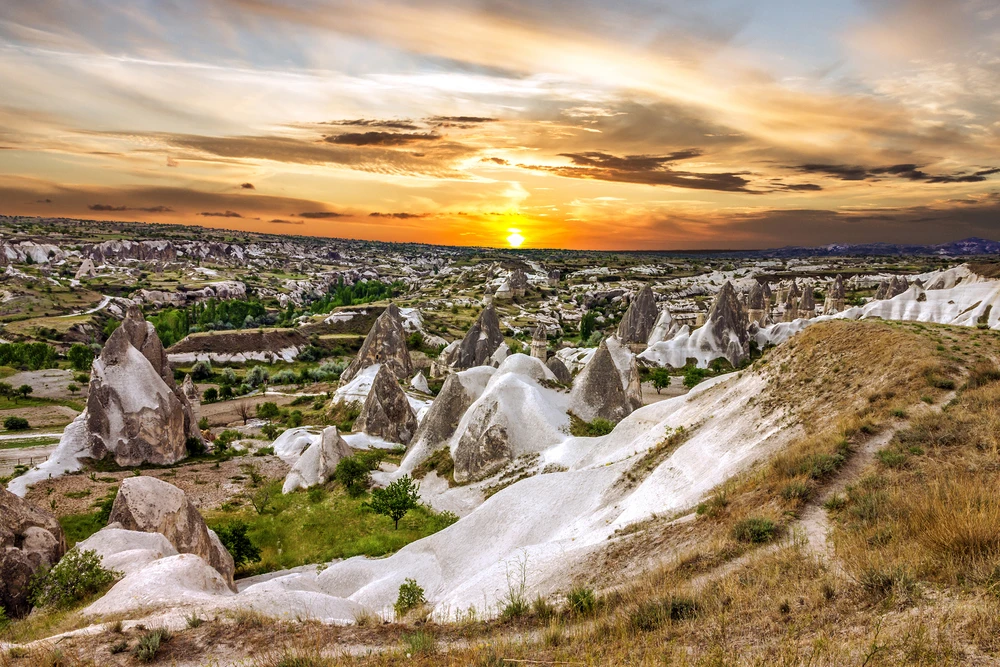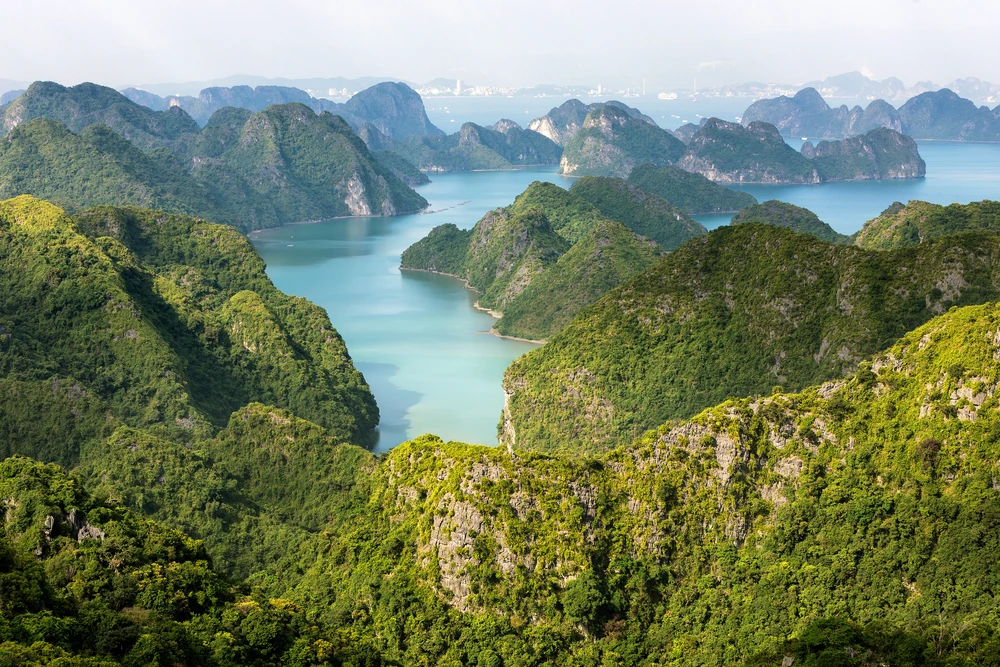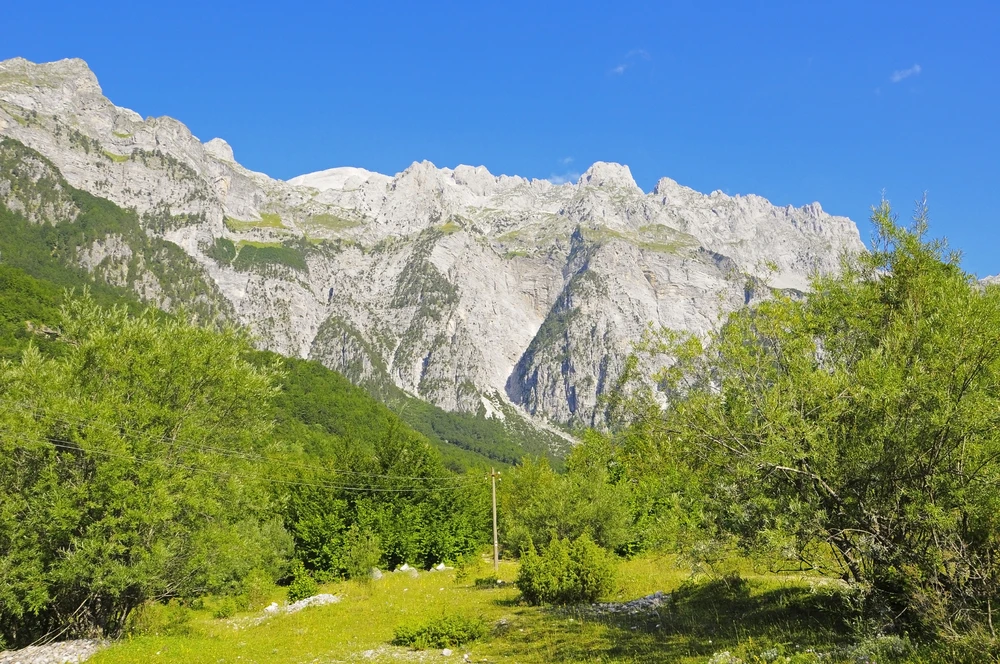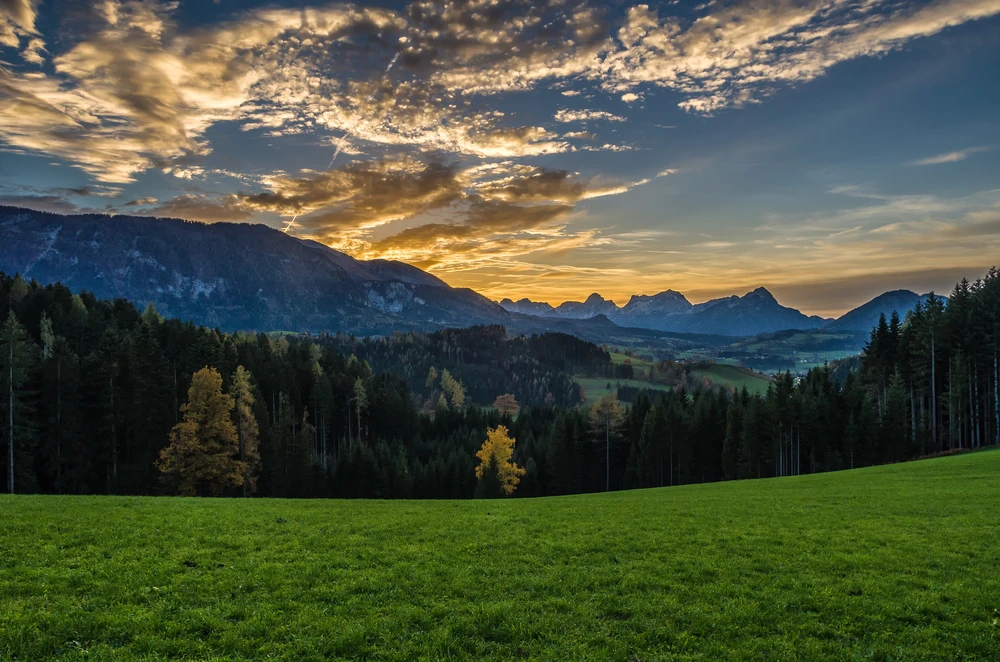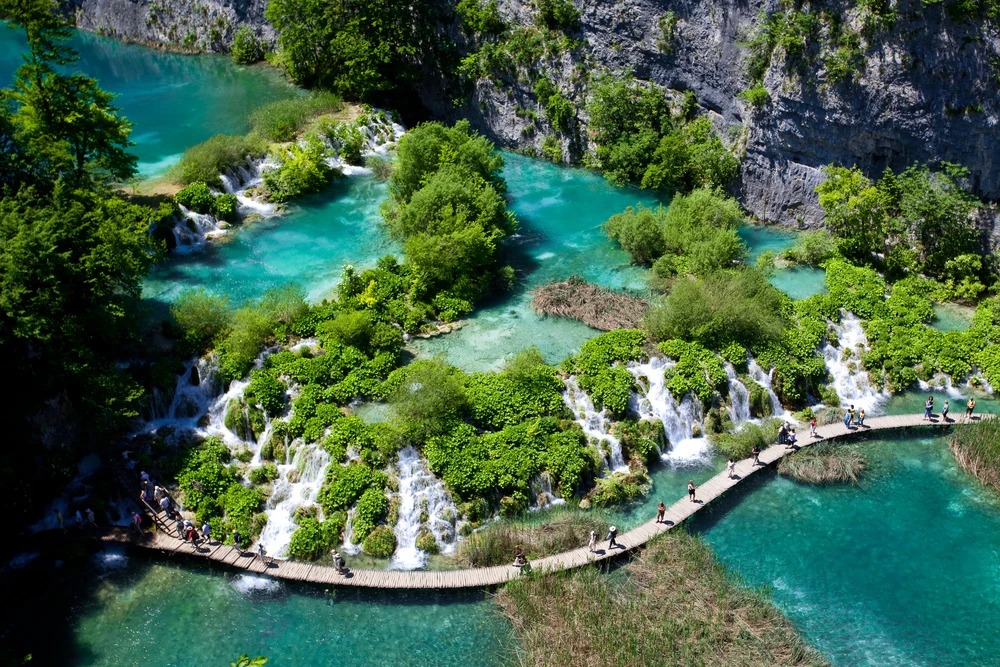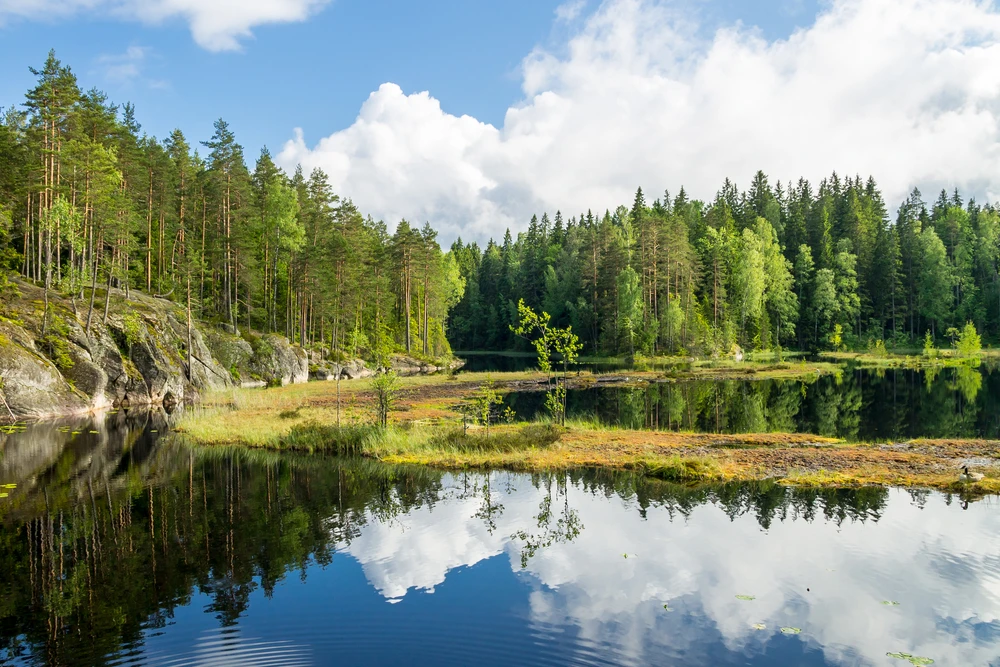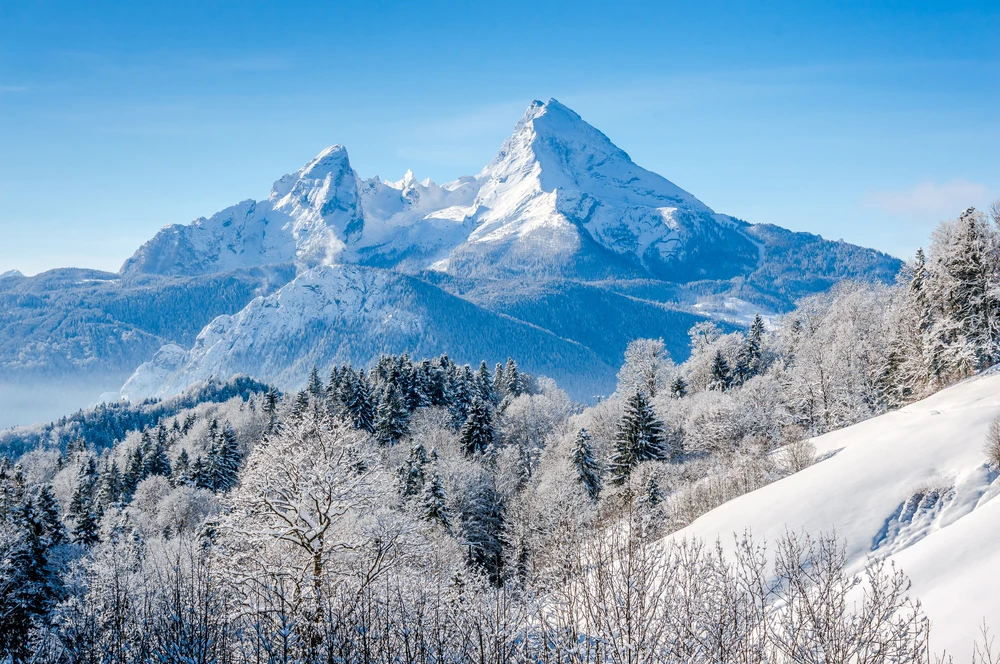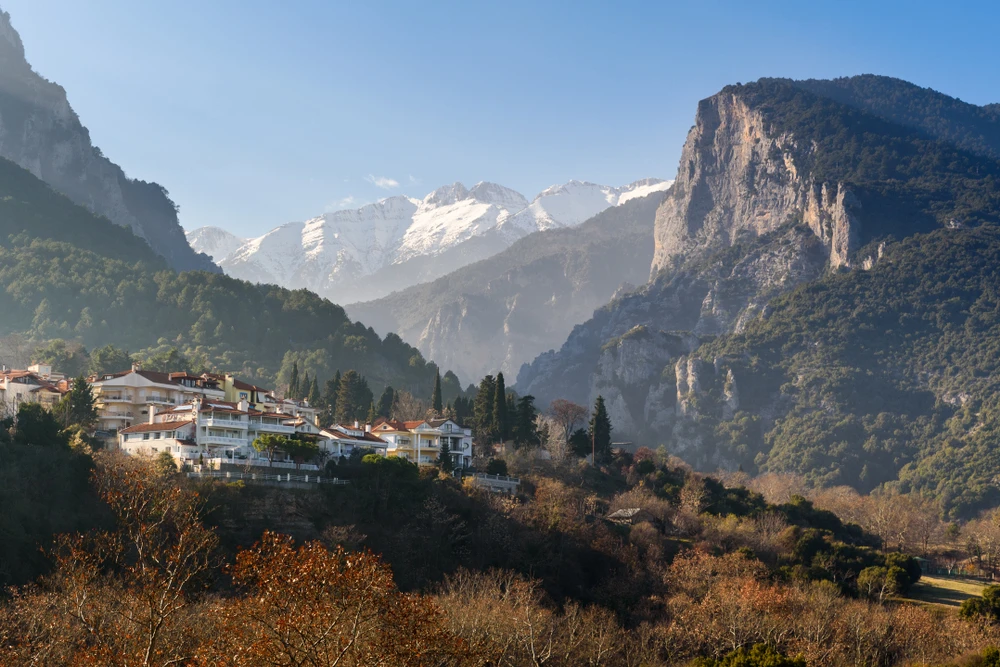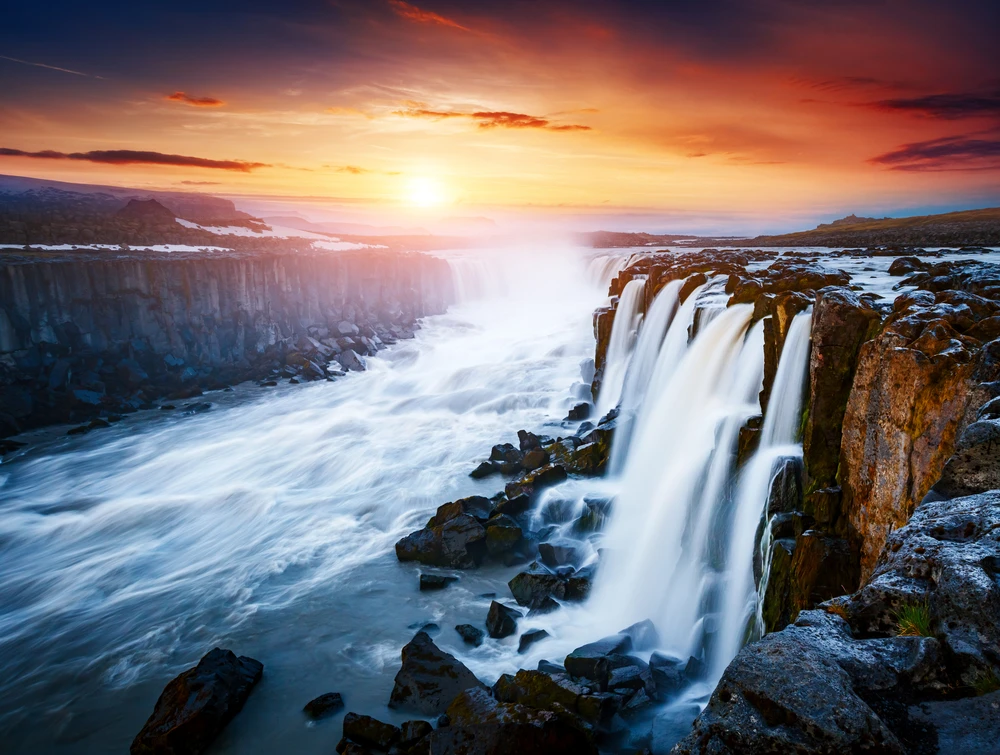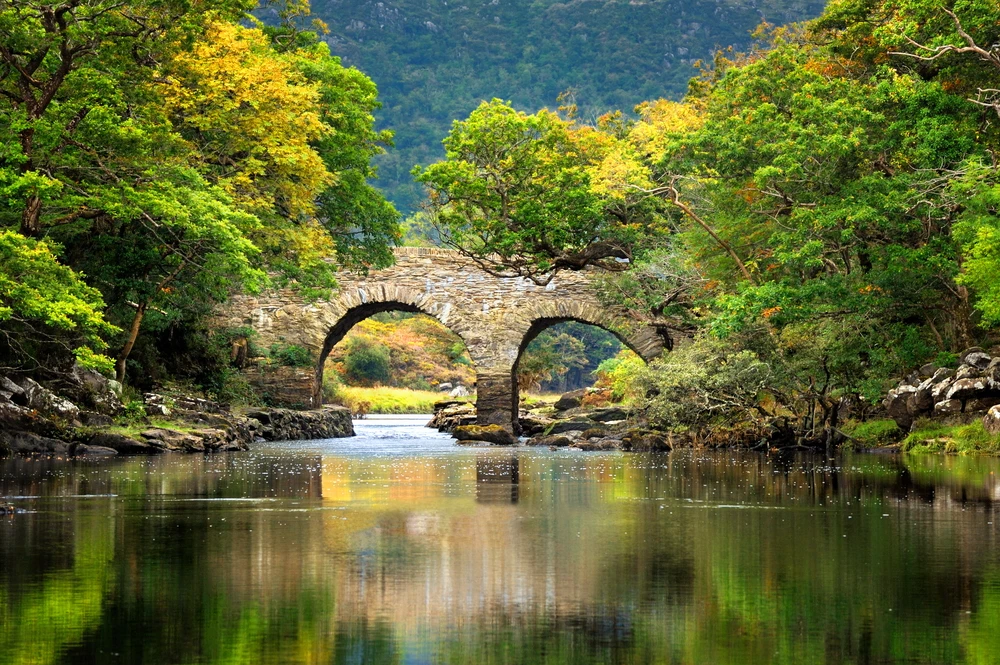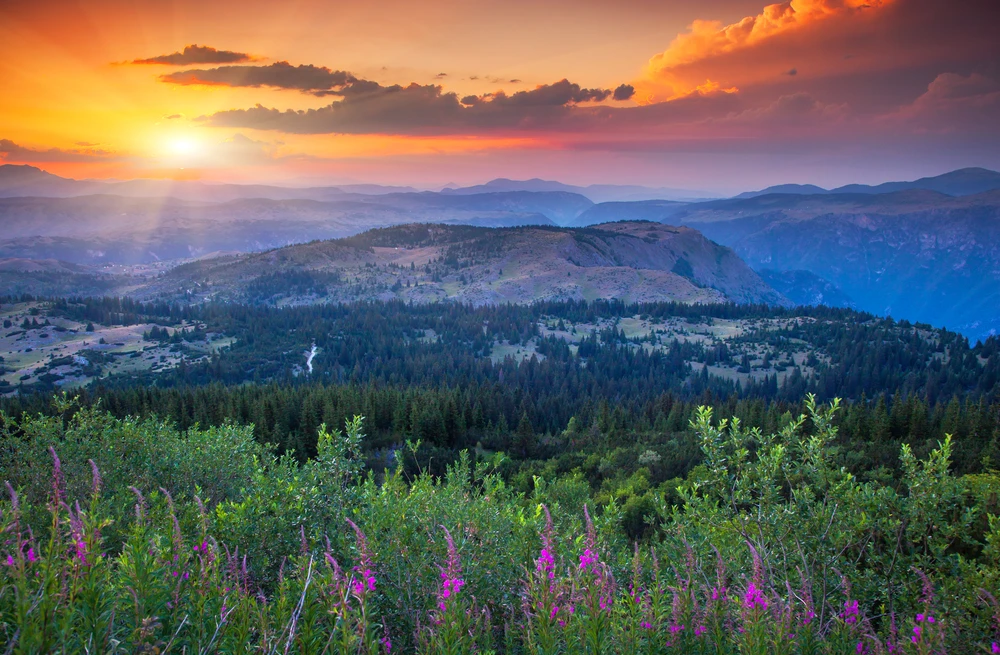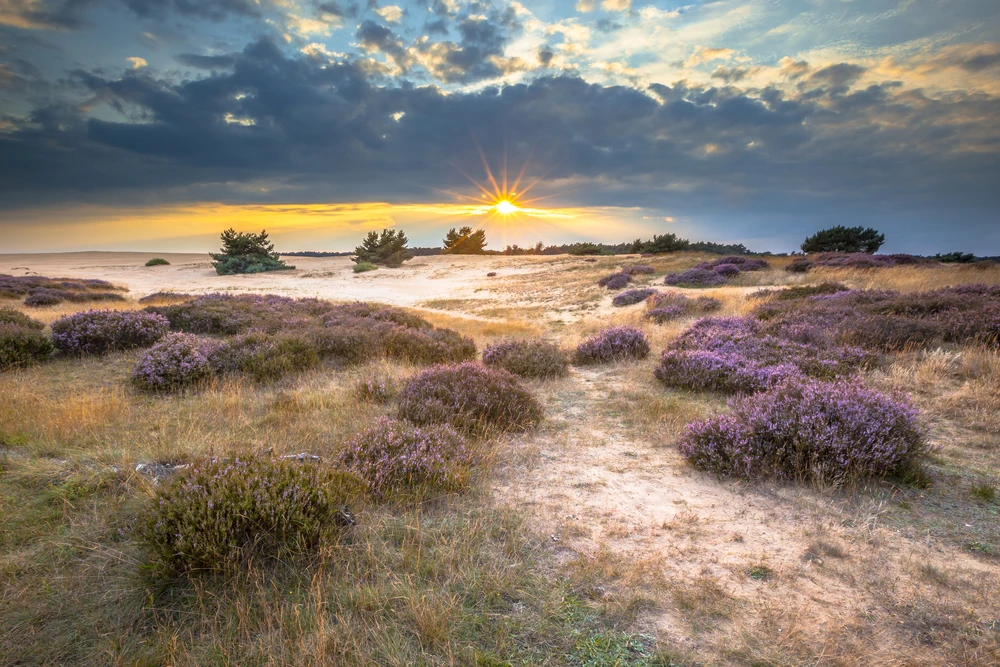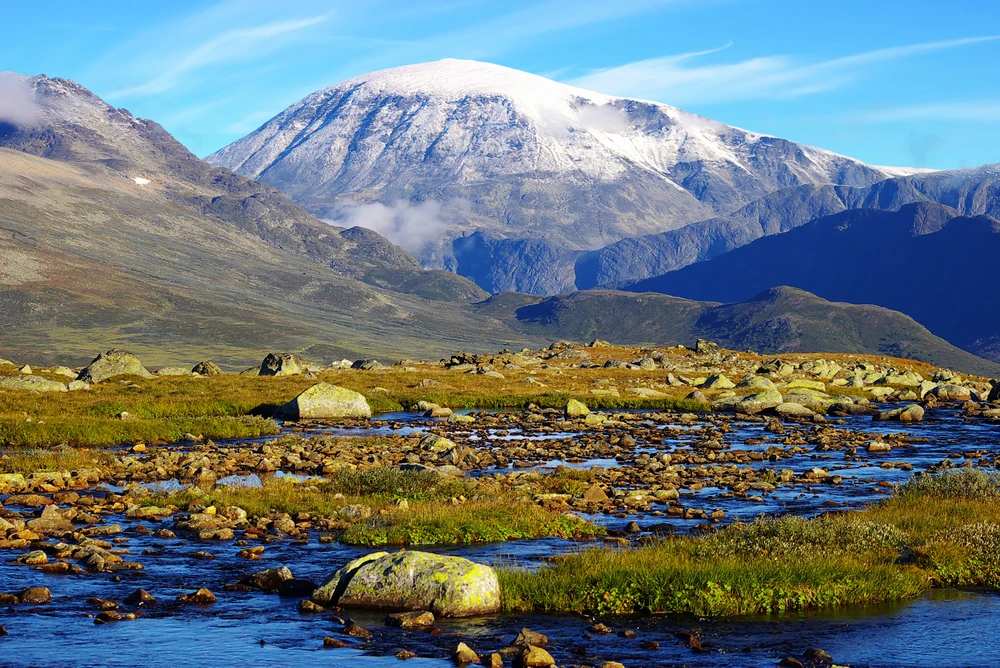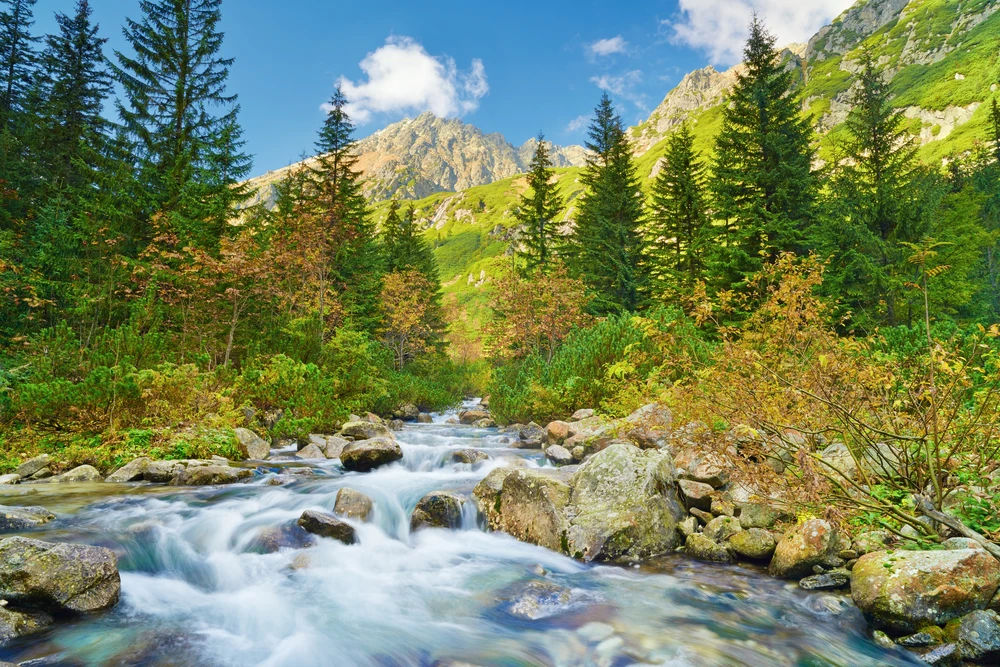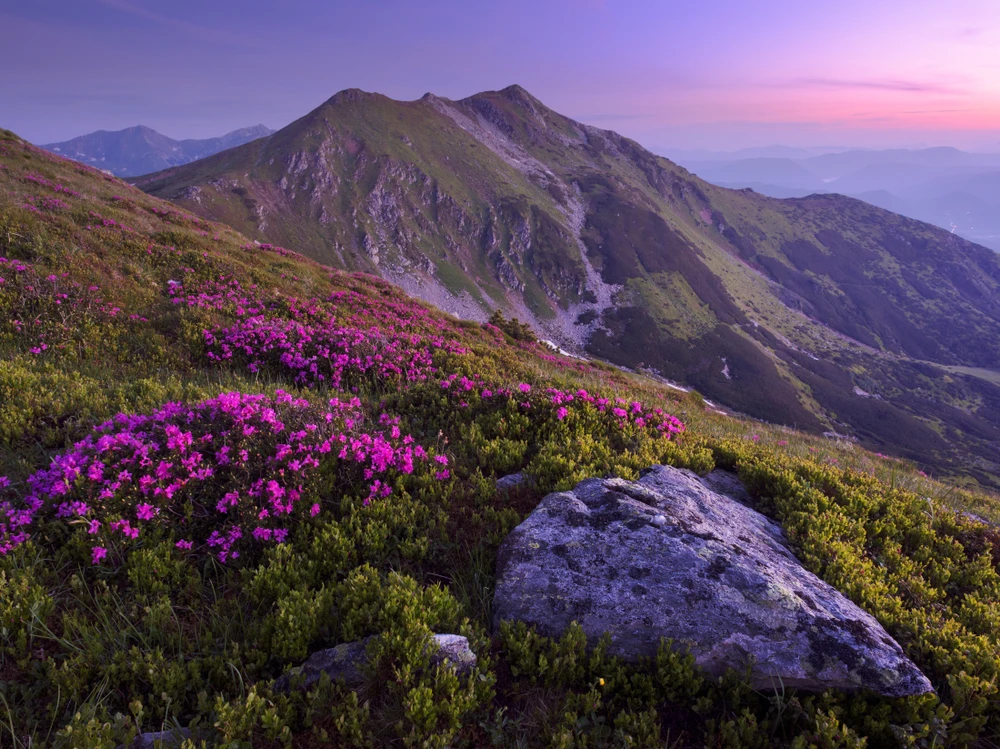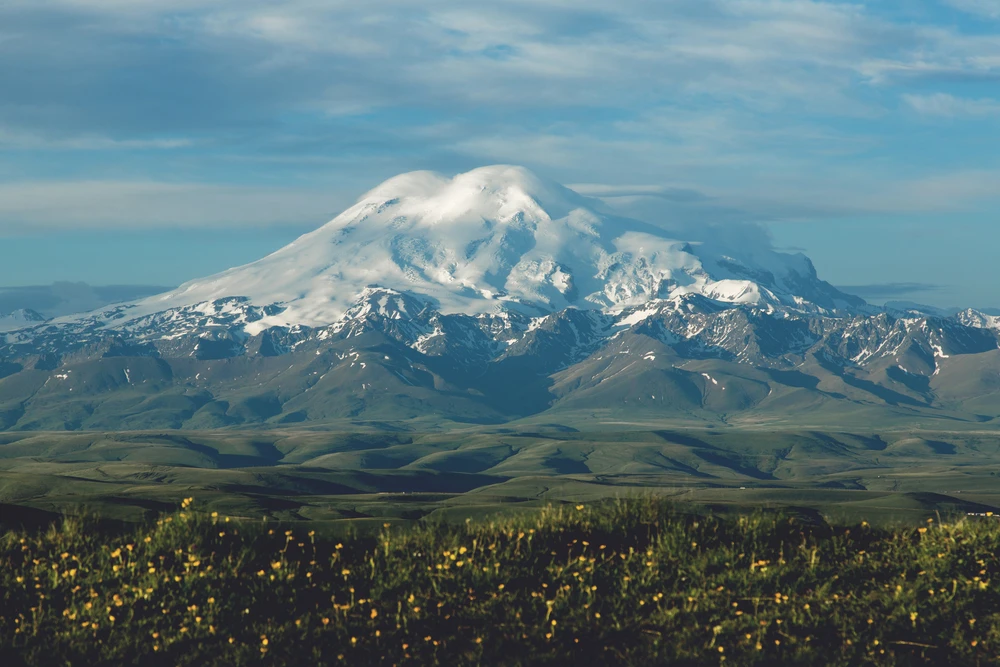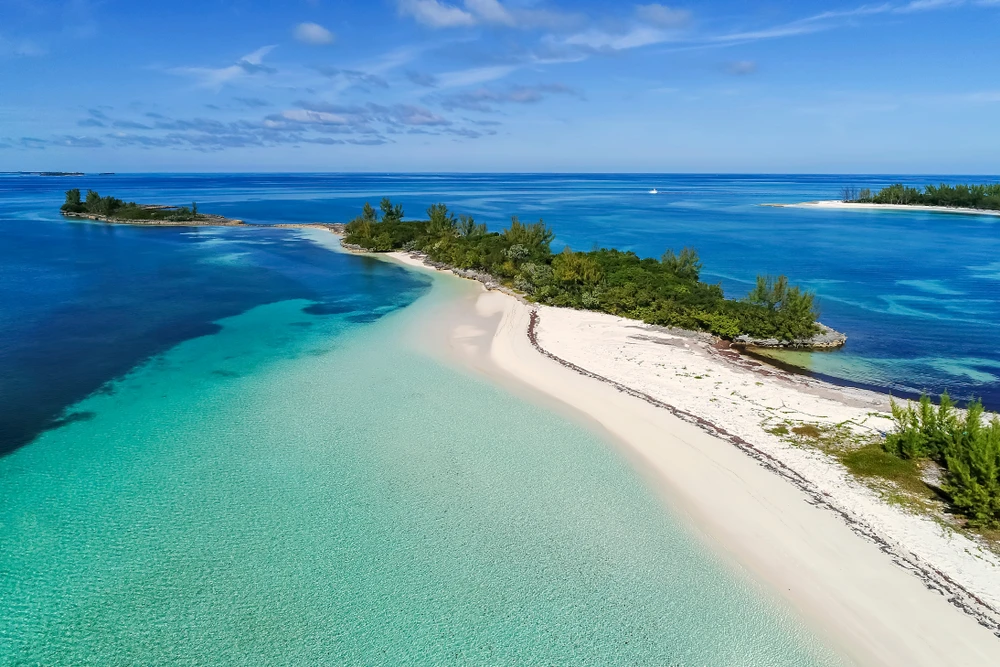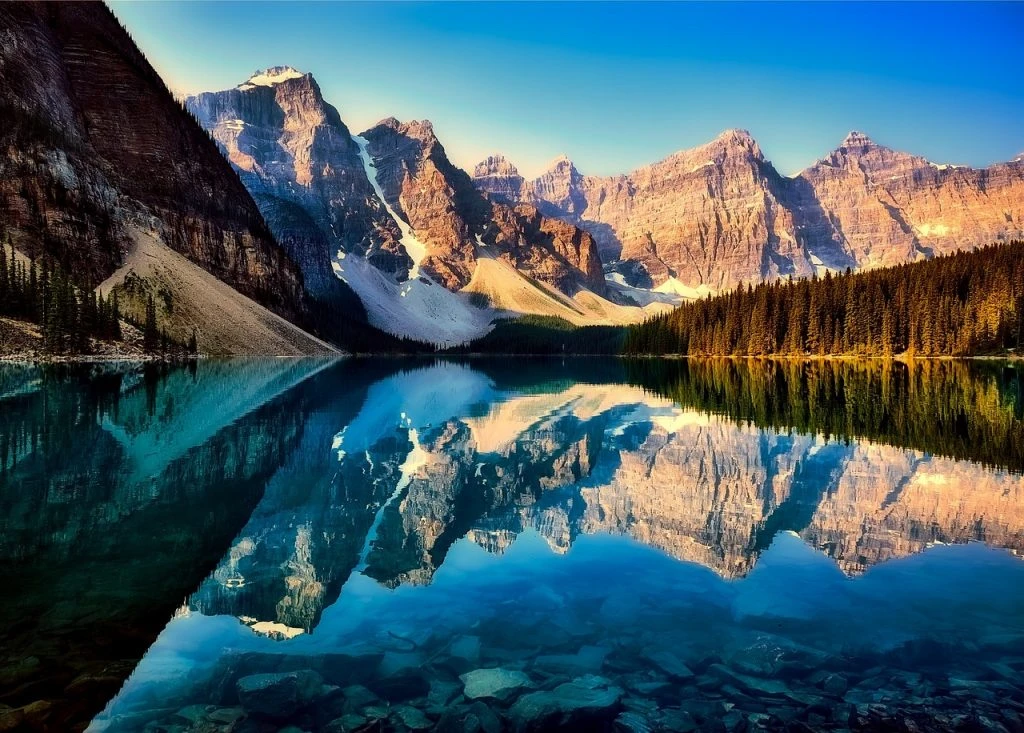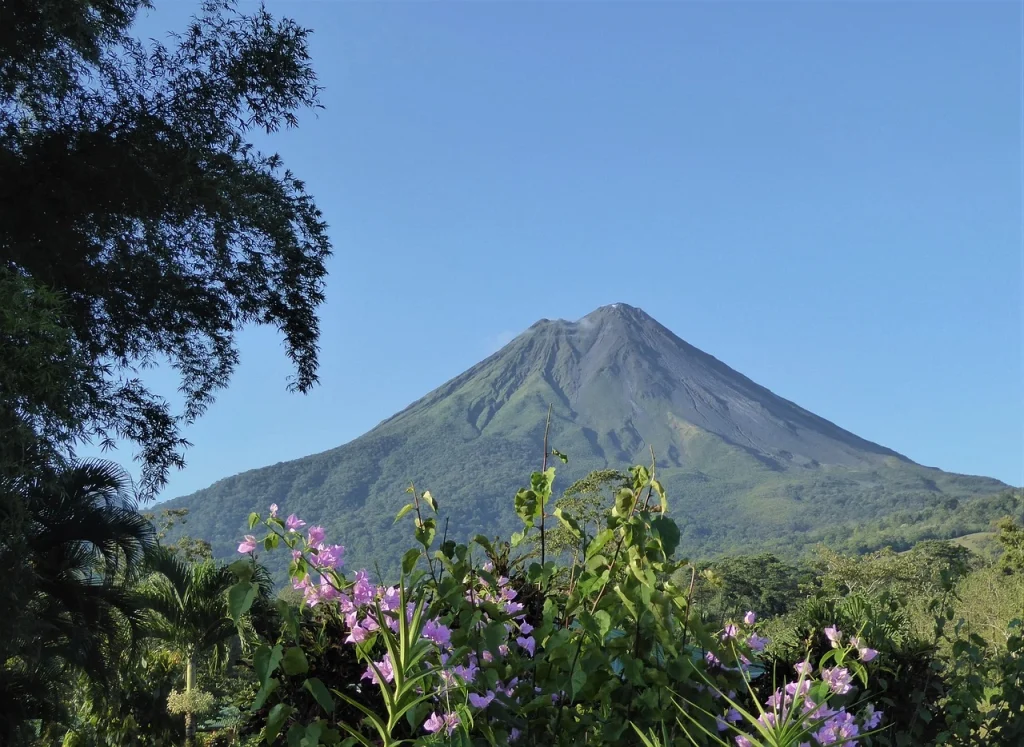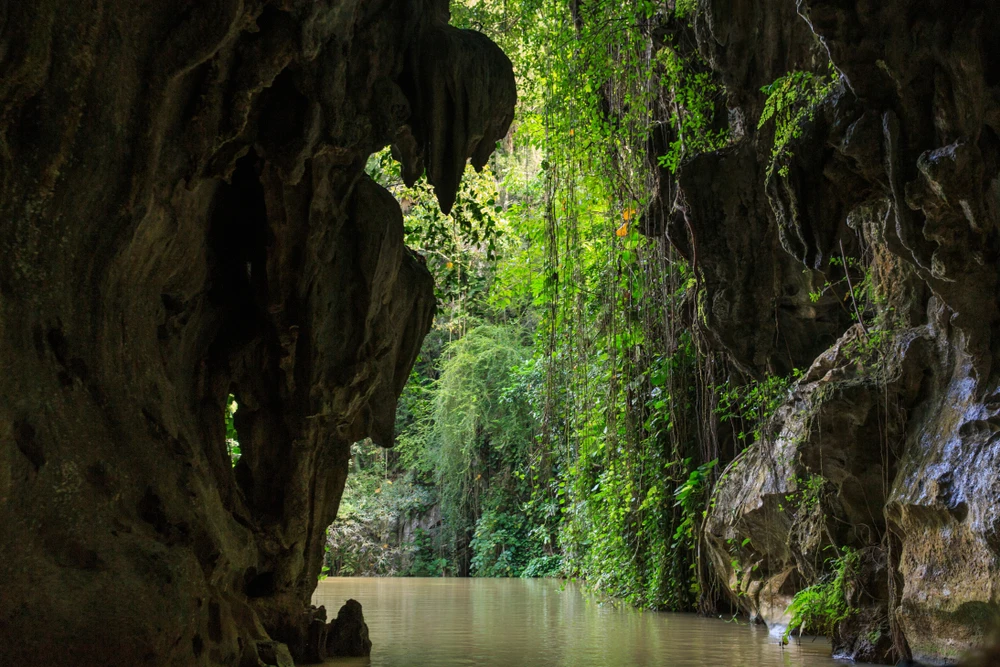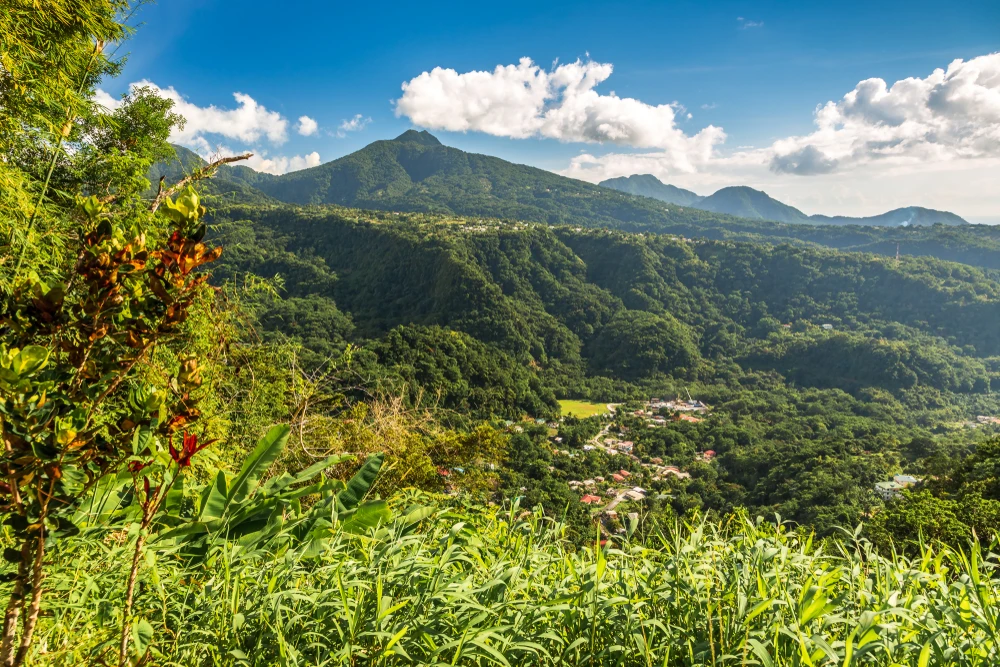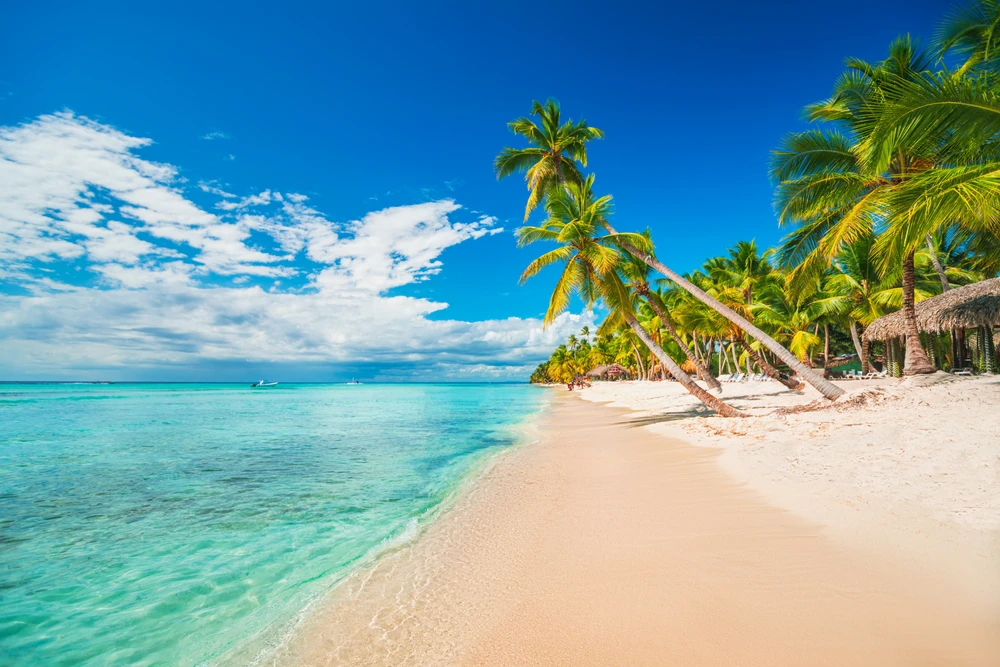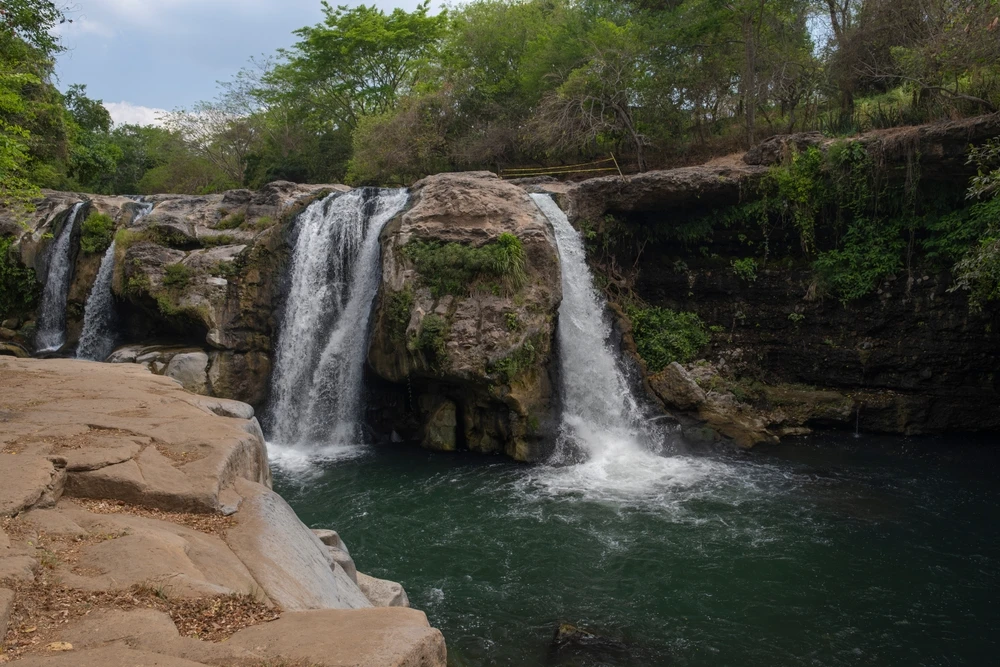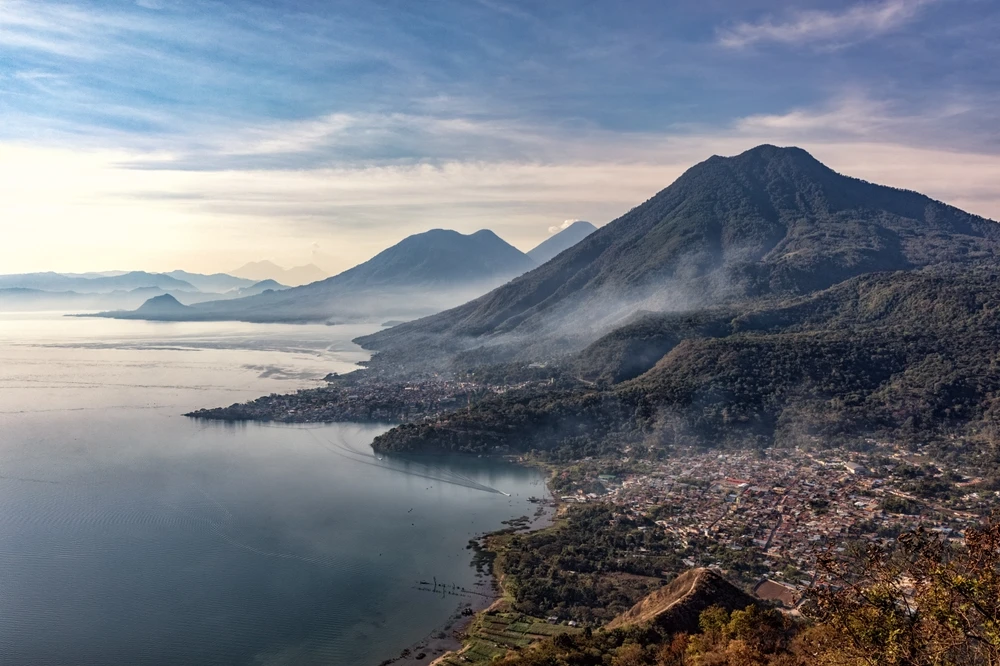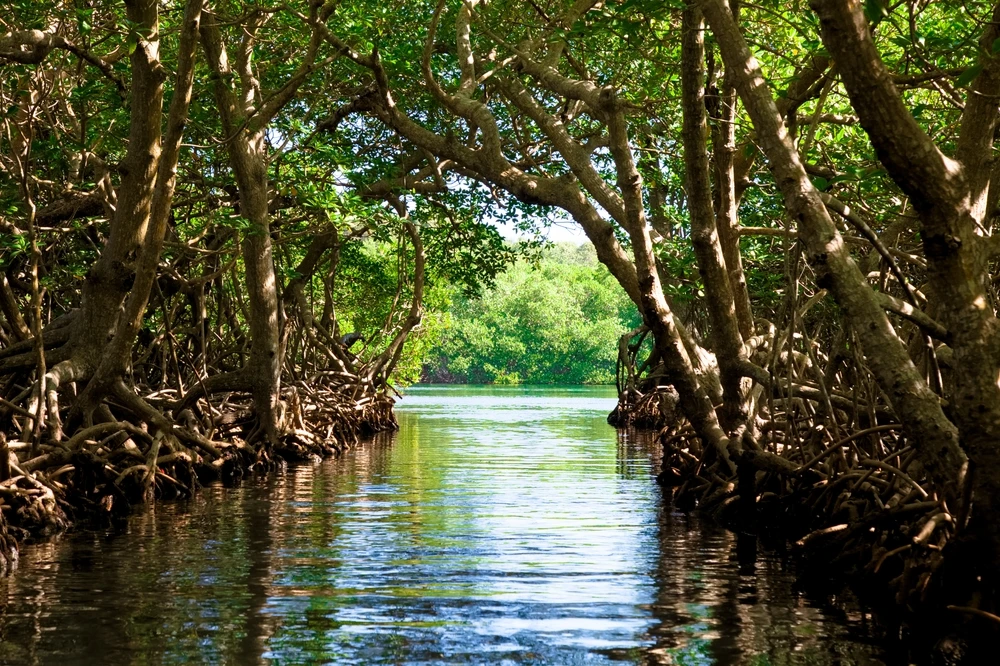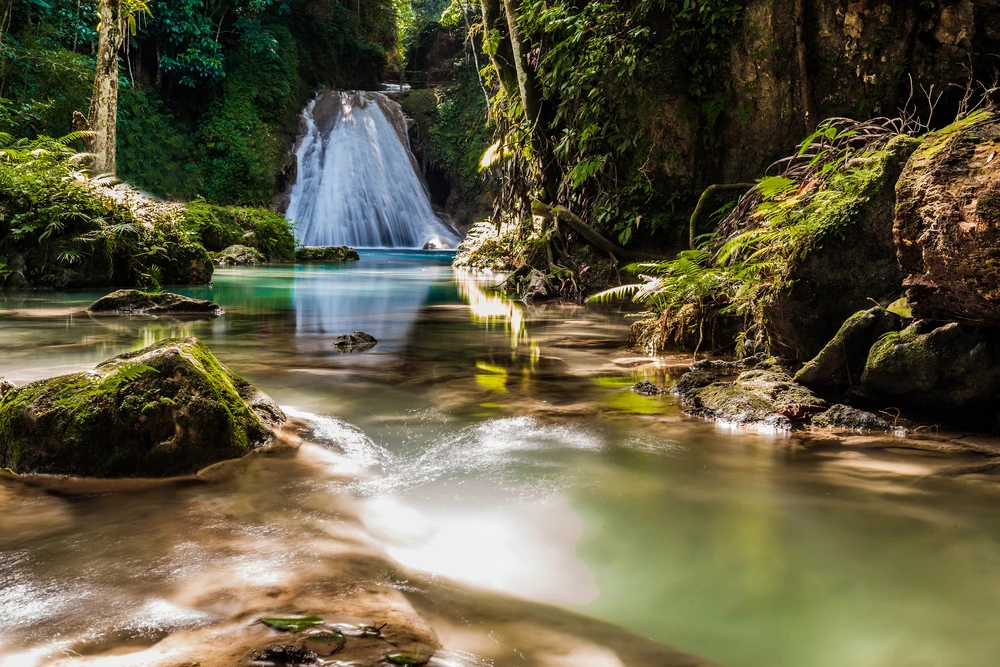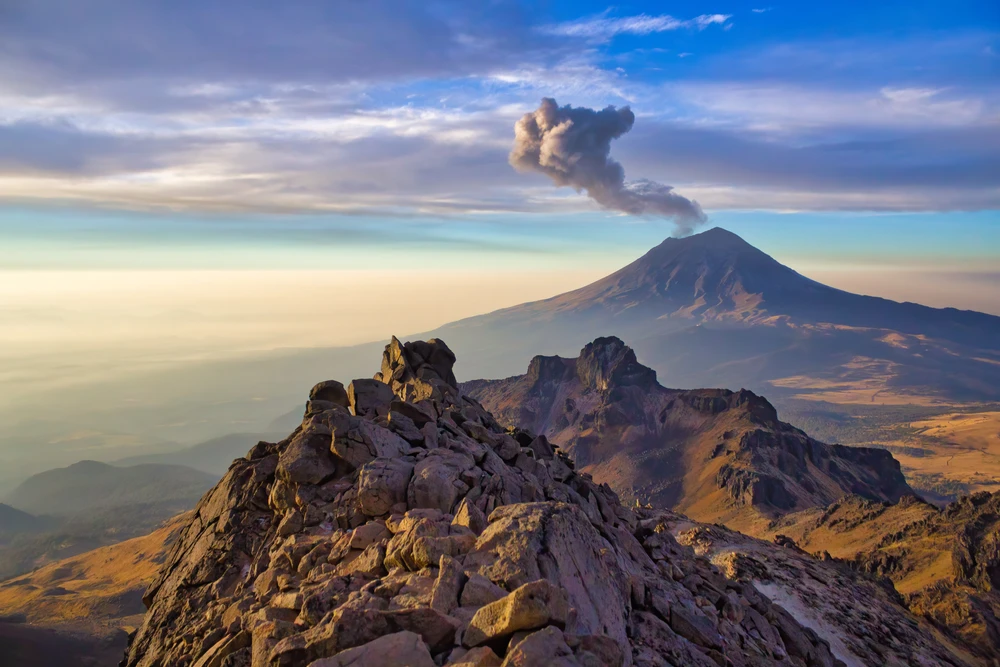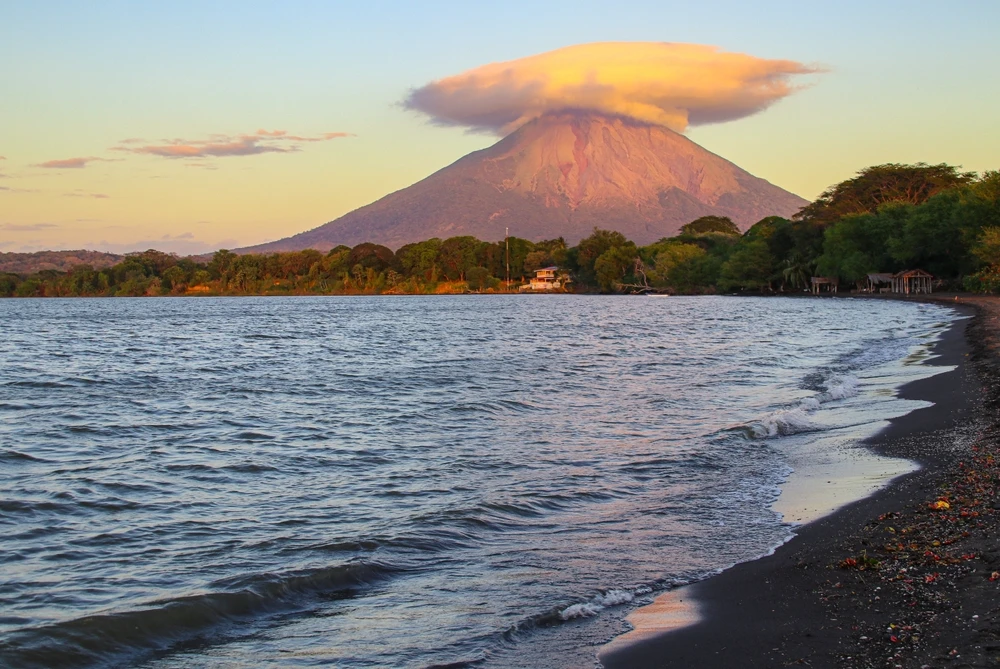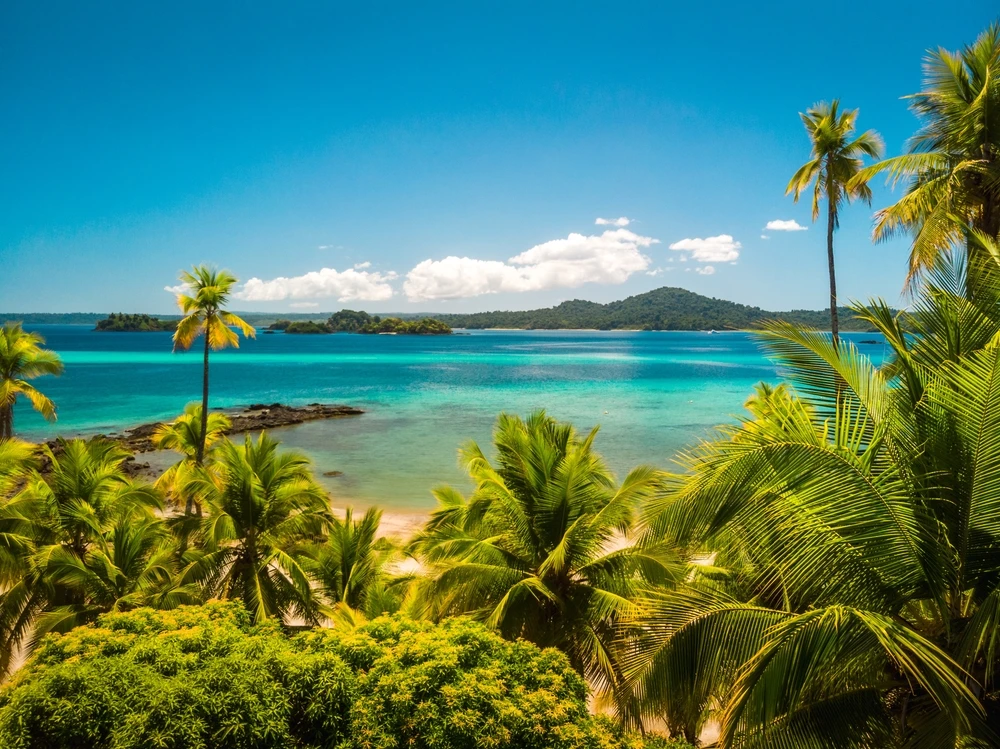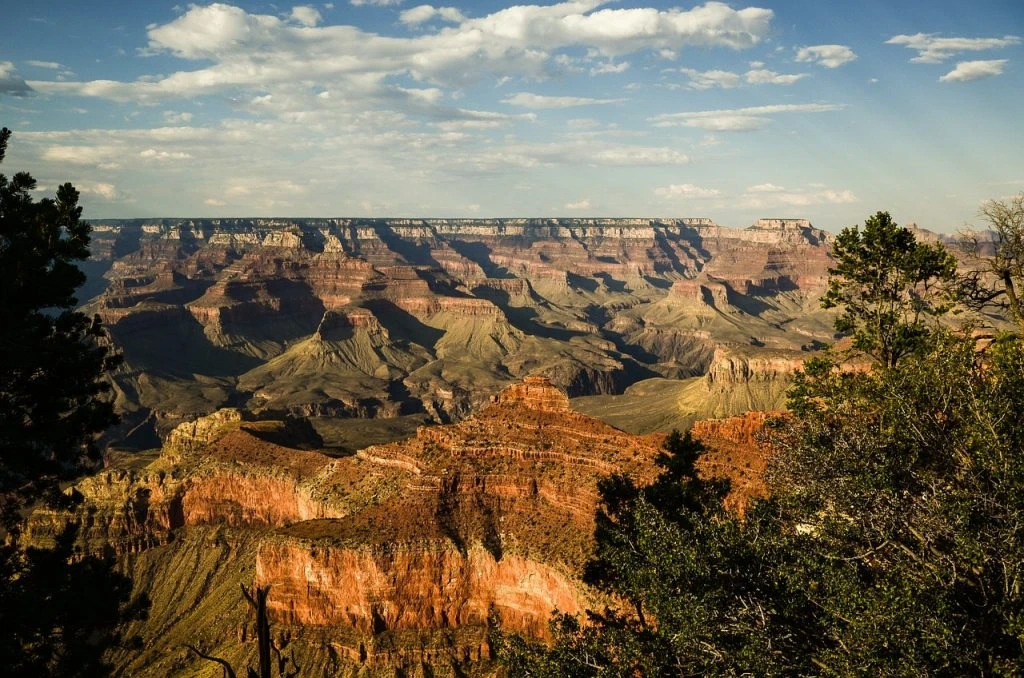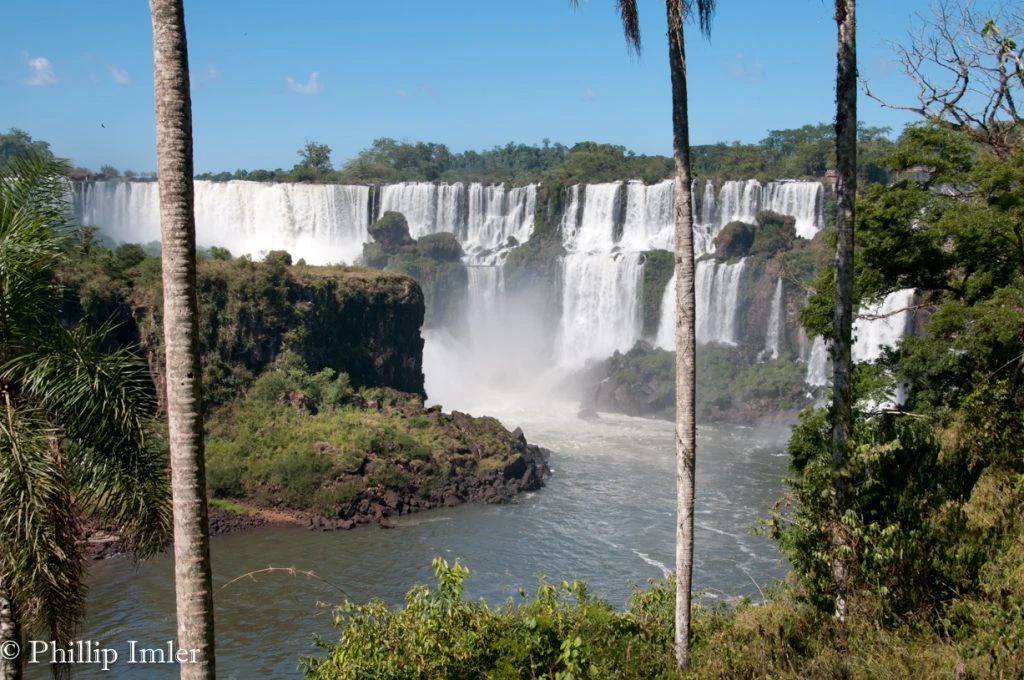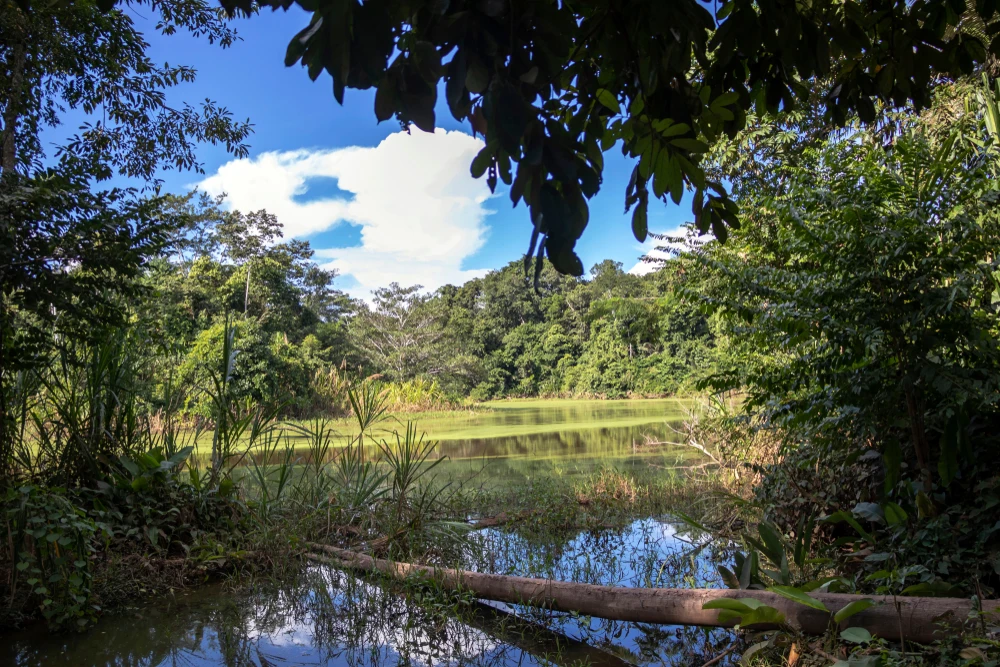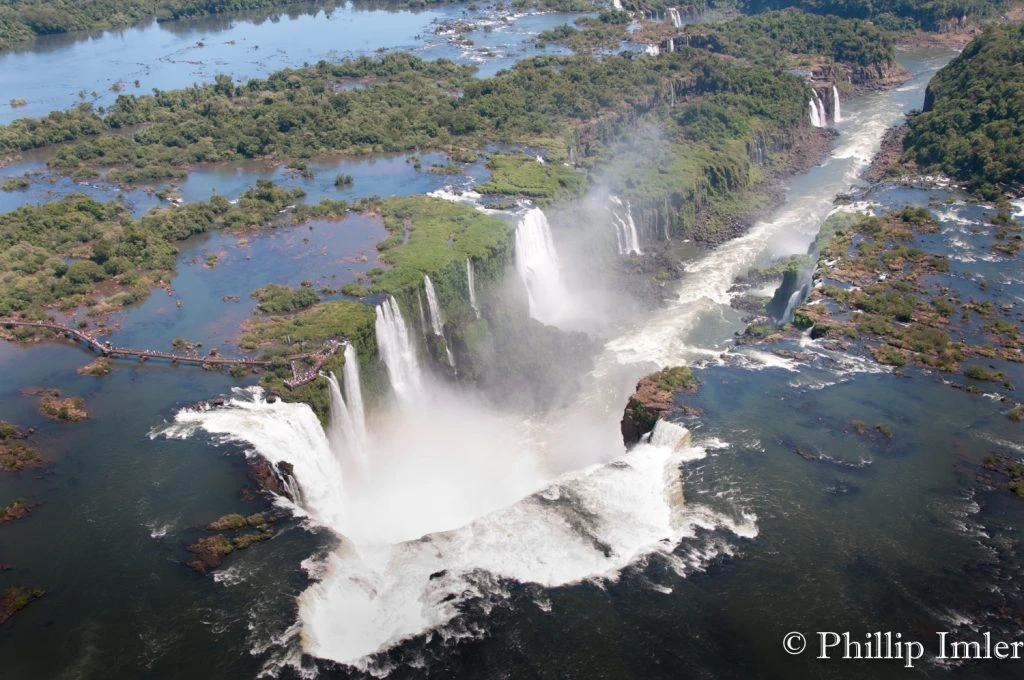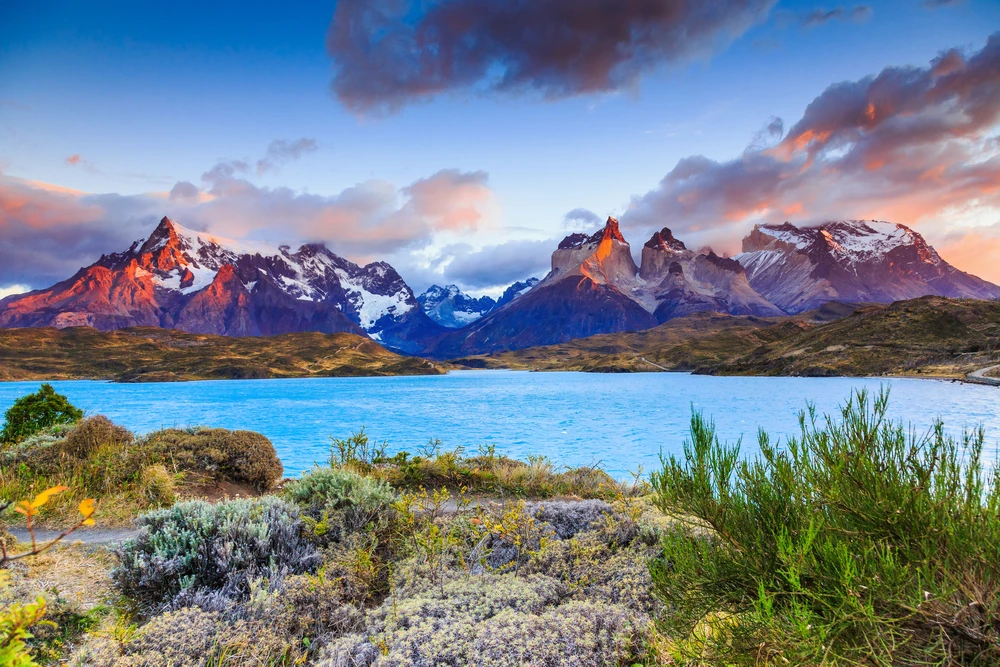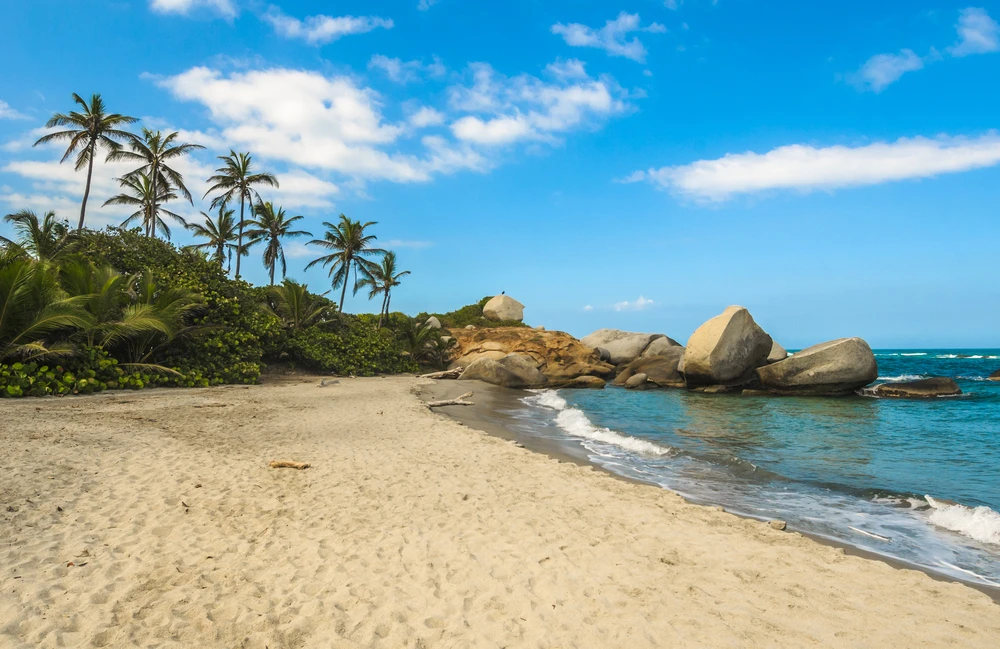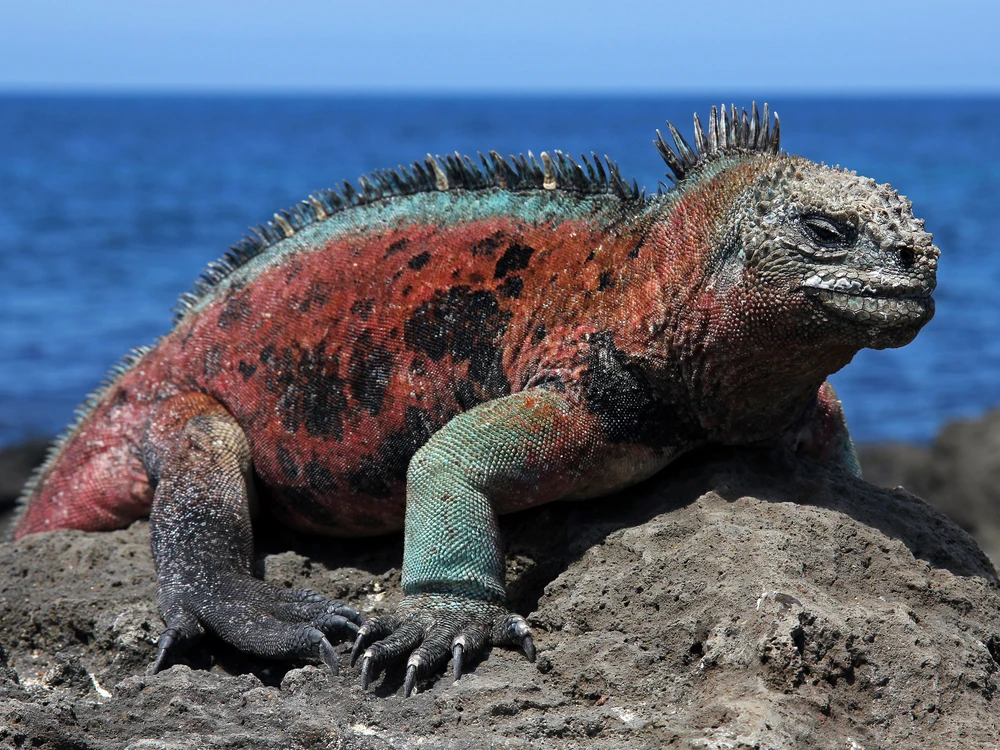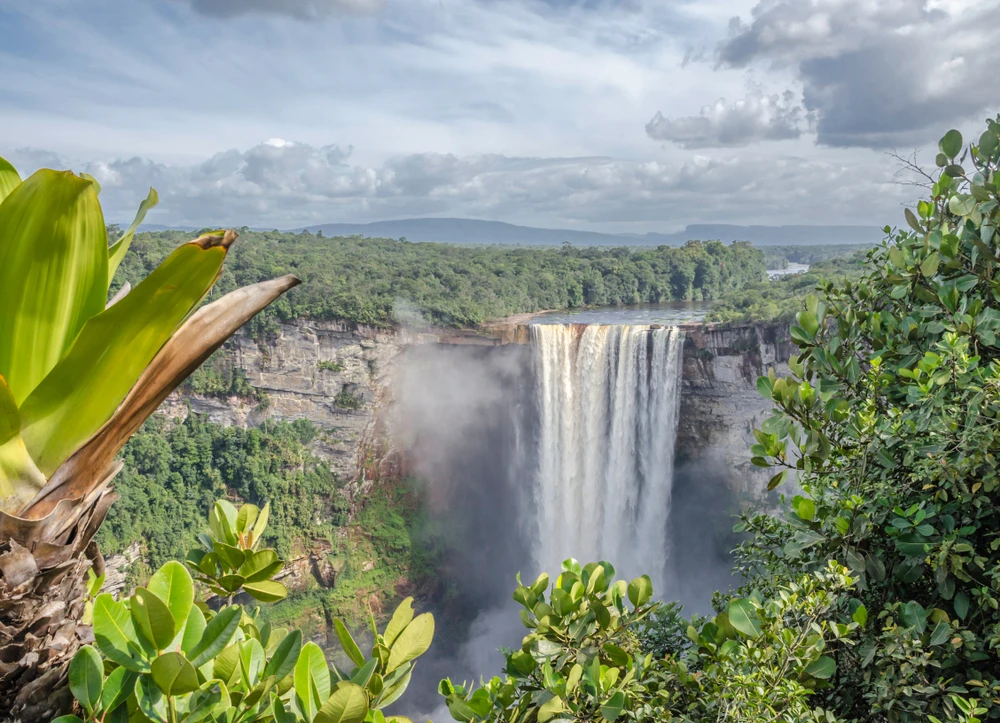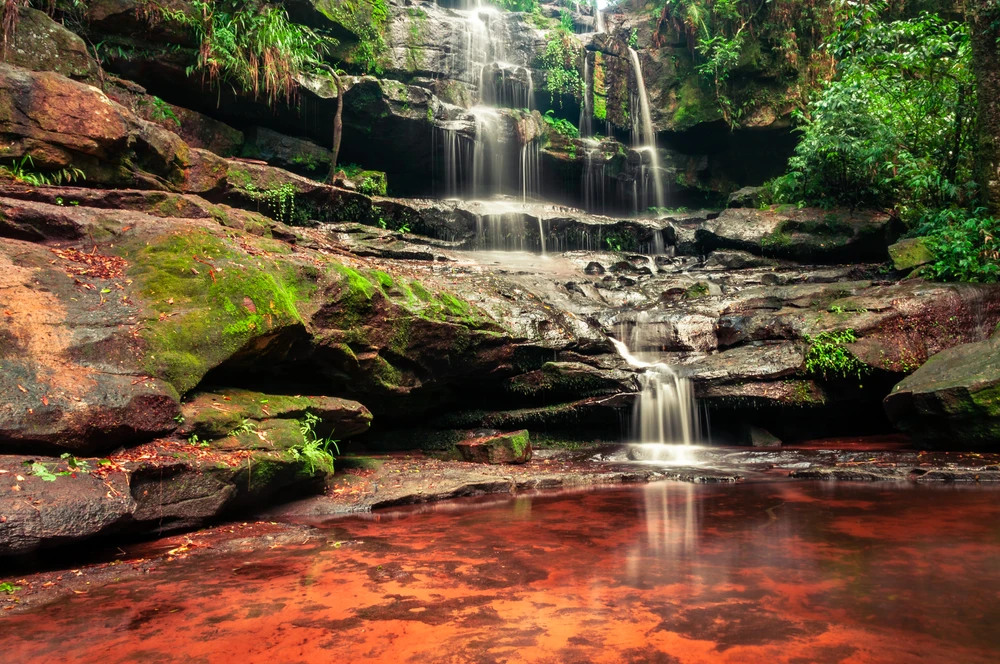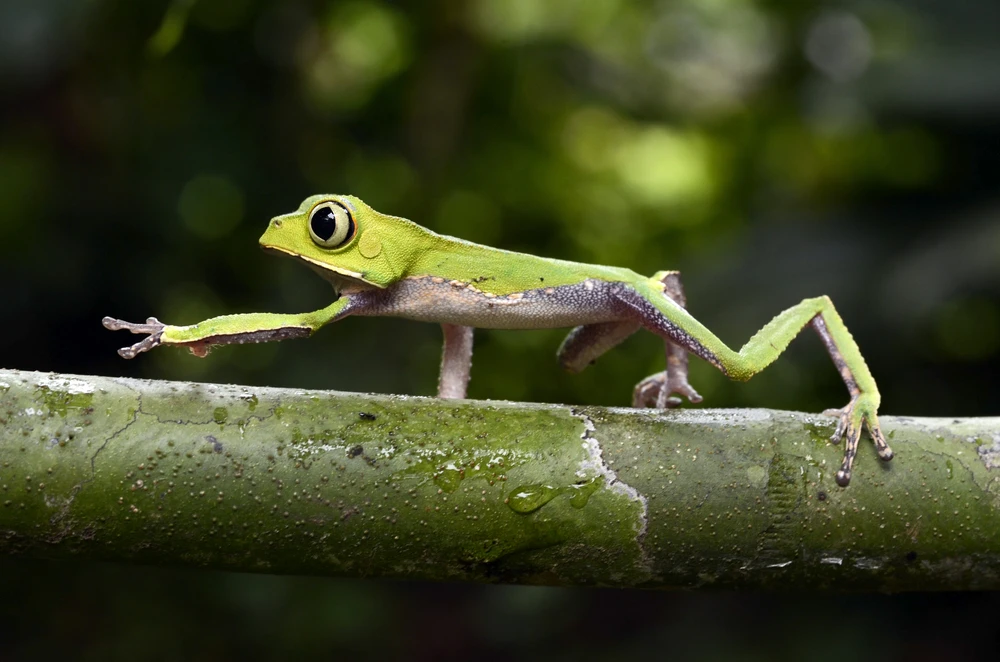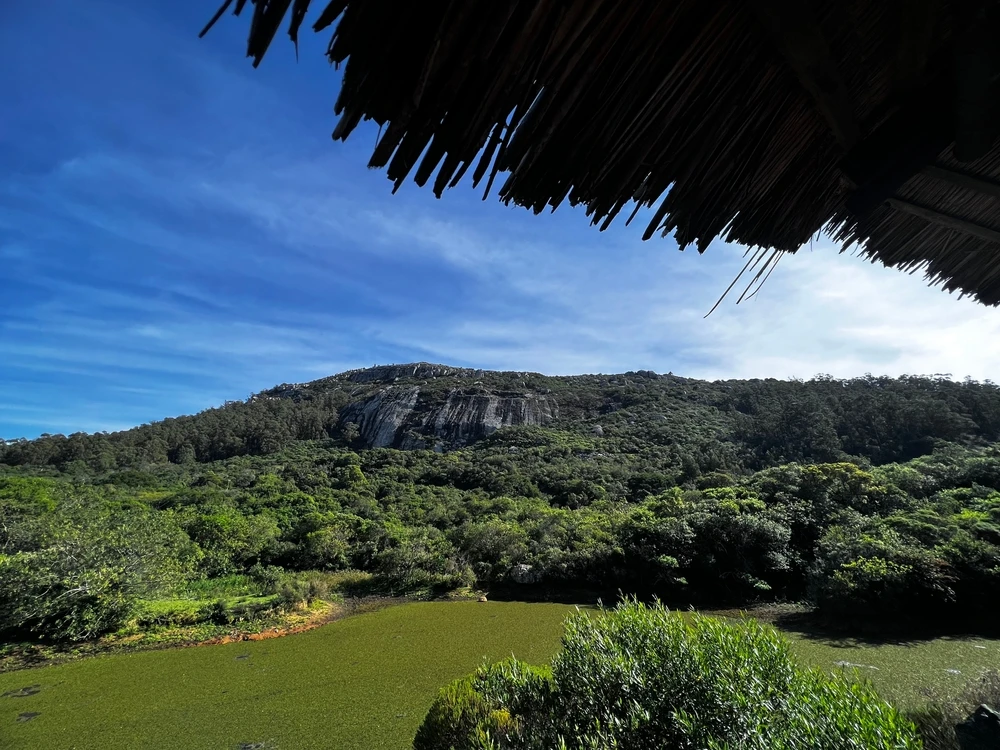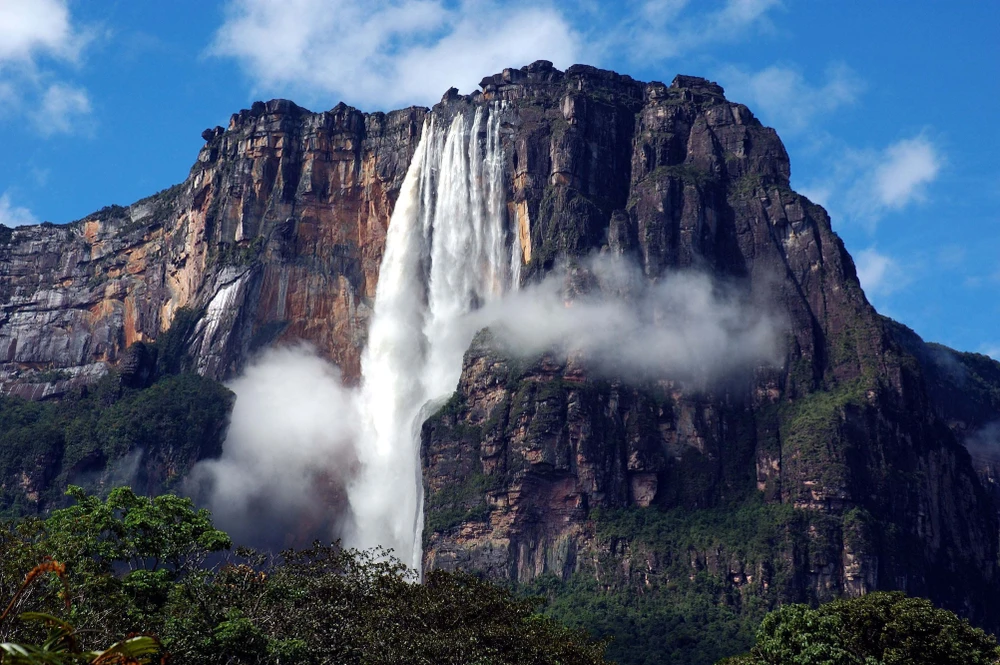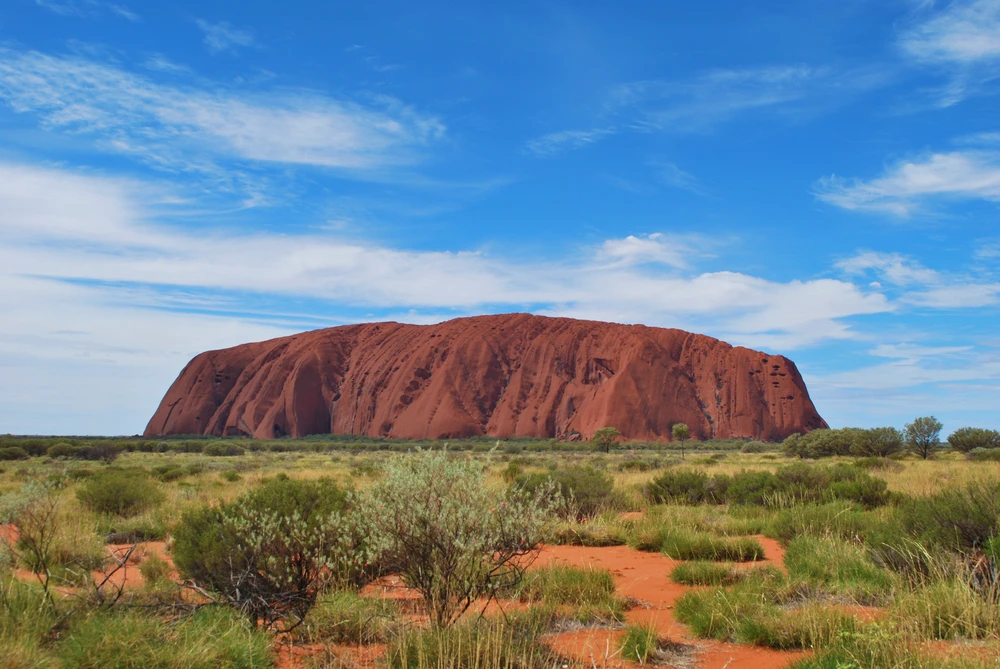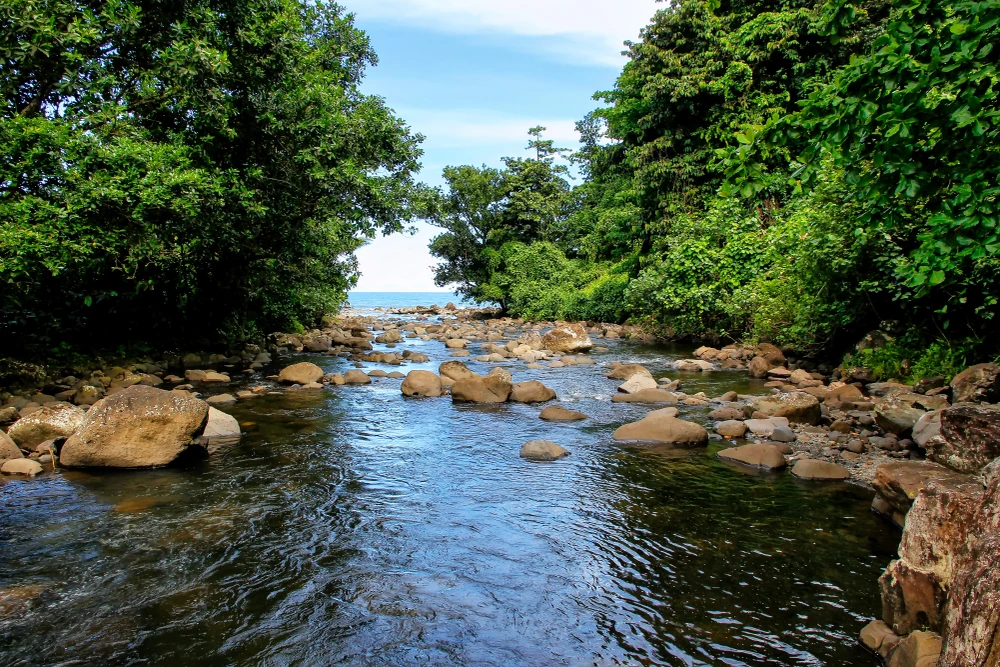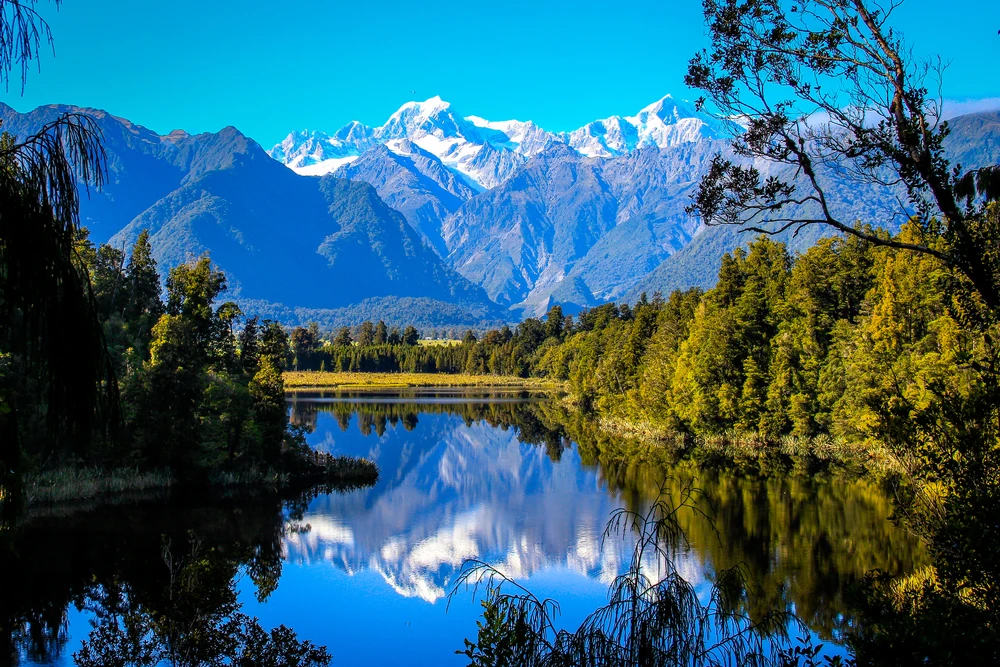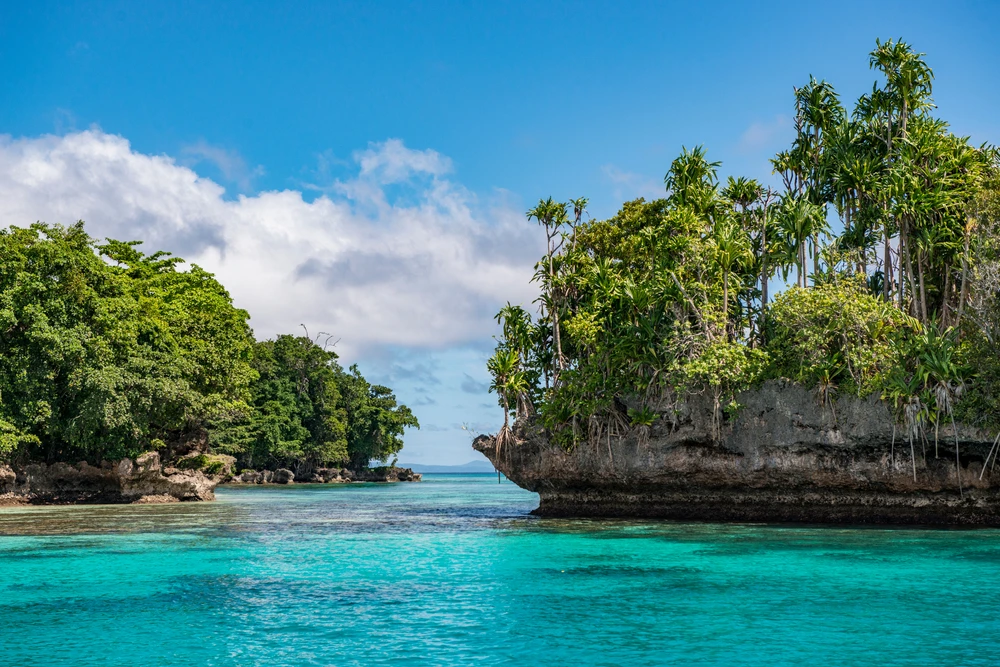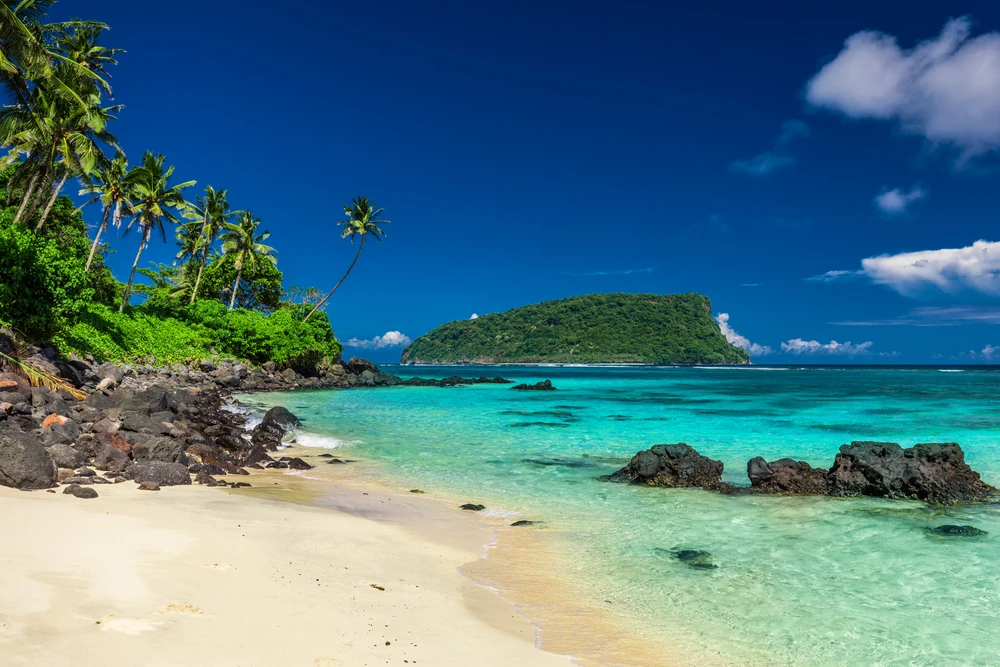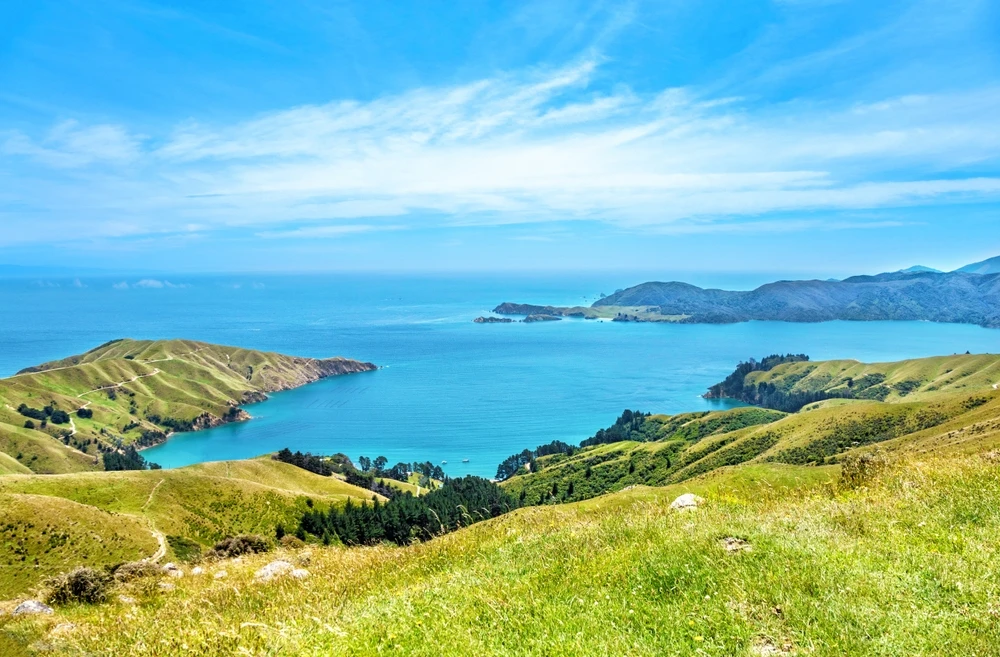The first national park in Tajikistan is Tajik National Park, also known as the Pamir Mountains National Park, established in 1992. Located in the eastern part of the country, this UNESCO World Heritage Site was created to protect the unique ecosystems and breathtaking landscapes of the Pamir Mountains, often called the “Roof of the World.”
About Tajikistan National Parks
Tajikistan is a landlocked country in Central Asia known for its towering mountain ranges, pristine alpine landscapes, and rugged natural beauty. It is home to four officially designated national parks, each offering unique ecological and cultural diversity. These parks protect a range of habitats, from snow-capped peaks and expansive glaciers to verdant valleys and high-altitude lakes, supporting various plant and animal species, some of which are endemic or endangered.
Among its national parks, Tajik National Park, a UNESCO World Heritage Site, is the most prominent. Covering over 26,000 square kilometers, this park encompasses the dramatic Pamir Mountains, often called the “Roof of the World.” Visitors to the park are greeted by breathtaking vistas of peaks exceeding 7,000 meters, deep gorges, and sprawling glaciers, including the Fedchenko Glacier, the longest in the world outside the polar regions. The park is also a haven for wildlife, such as snow leopards, Marco Polo sheep, and ibex. It serves as an important site for scientific research and conservation efforts, aiming to preserve the unique mountain ecosystem.
Another notable park is the Shirkent National Park, located near the capital, Dushanbe. It is celebrated for its prehistoric significance, housing fossilized dinosaur footprints that date back millions of years. The park also boasts picturesque landscapes, including rolling hills, lush vegetation, and rivers. Shirkent offers visitors a chance to explore its natural wonders while learning about its ancient history, blending geological intrigue with stunning scenery.
The Romit National Park is a smaller but ecologically significant park known for its dense forests and biodiversity. Nestled in the valleys of the Hissar mountain range, it provides a critical refuge for various species, including birds, mammals, and medicinal plants. The park is a favorite among hikers and eco-tourists for its tranquil environment and proximity to urban areas.
Finally, Dashtijum National Park stands out for its remoteness and untamed wilderness. Located in the southern part of the country, this park protects vast forests, high plateaus, and a rich variety of fauna, such as lynxes, brown bears, and rare birds. It remains one of Tajikistan’s lesser-explored gems, appealing to adventurers seeking solitude and raw nature.
Tajikistan faces conservation challenges, including illegal hunting, overgrazing, and the impacts of climate change, which threaten its fragile ecosystems. However, the country has made significant strides in expanding protected areas and promoting ecotourism. International partnerships have also supported conservation programs, such as protecting the snow leopard population and promoting sustainable development in park-adjacent communities.
Tajikistan’s national parks are a testament to the country’s commitment to preserving its natural heritage, offering visitors unparalleled experiences of beauty, biodiversity, and cultural significance.
Tajikistan National Parks
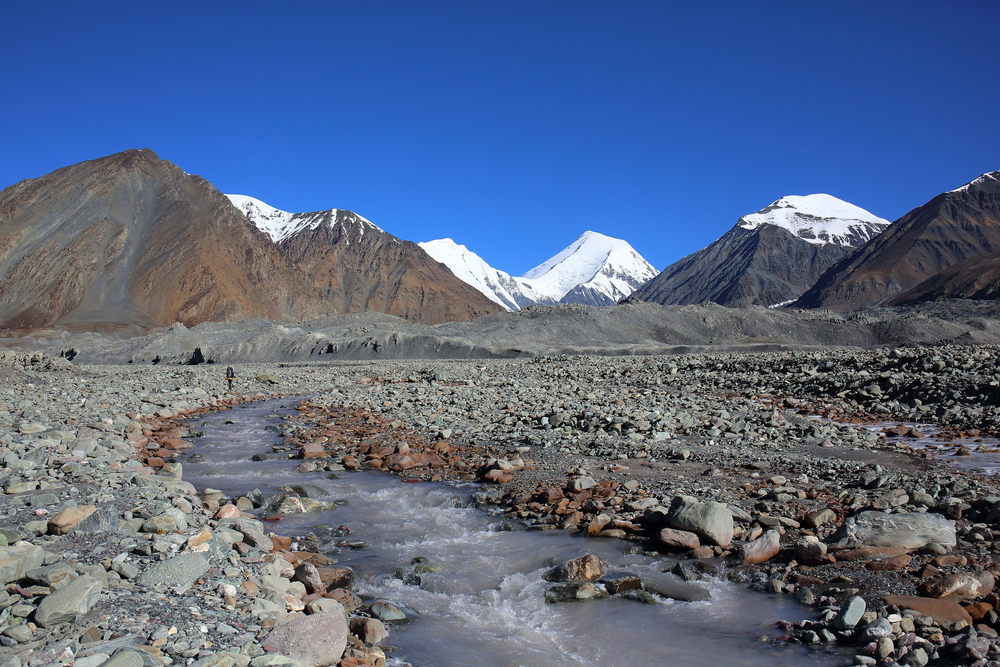
Tajik National Park
FAQ’s
1. What was the first national park in Tajikistan?
2. What is the largest national park in Tajikistan?
Tajik National Park is also the largest national park in Tajikistan, covering an expansive area of approximately 10,000 square miles (26,000 square kilometers).
Encompassing much of the Pamir mountain range, the park is known for its towering peaks, such as Ismoil Somoni Peak (the highest in Tajikistan), glaciers, and high-altitude lakes. It is a vital area for the conservation of wildlife, including the endangered snow leopard and Marco Polo sheep.
3. What is the smallest national park in Tajikistan?
Although not a national park, the smallest protected area in Tajikistan is Shirkent Nature Reserve, covering about 120 square miles (300 square kilometers).
Located in the western part of the country, Shirkent is known for its stunning landscapes, which include canyons, waterfalls, and ancient dinosaur footprints. The park is a significant archaeological and natural site, offering visitors both scenic beauty and cultural heritage.
4. What is the most popular national park in Tajikistan?
Tajik National Park is the most popular national park in Tajikistan, known for its rugged mountain landscapes and adventurous trekking opportunities.
The park’s main attractions include the Pamir Mountains, high-altitude lakes like Karakul and Sarez, and glaciers that provide dramatic scenery. Visitors come for mountaineering, trekking, and exploring the vast wilderness, with the chance to experience the remote and untouched beauty of the Pamirs.
The park’s combination of natural wonders and challenging outdoor activities makes it a key destination for adventure travelers and nature enthusiasts.
5. What percentage of Tajikistan’s land area is protected through official National Parks?
Approximately 22% of Tajikistan’s land area is protected through national parks, reserves, and conservation areas, covering around 11,583 square miles (30,000 square kilometers). These areas play a crucial role in preserving the unique ecosystems of the Pamir Mountains, deserts, and alpine meadows that define Tajikistan’s varied landscape.
6. What other protected areas are there in Tajikistan?
In addition to national parks, Tajikistan has several significant nature reserves and wildlife sanctuaries. The Romit Nature Reserve, located near the capital Dushanbe, is an important site for the conservation of wildlife such as bears, wild boars, and mountain goats.
The Tigrovaya Balka Nature Reserve, situated along the Vakhsh River, protects the last remnants of the tugay forest ecosystem and serves as a key habitat for rare species such as Bactrian deer and striped hyenas.
Another notable protected area is the Zorkul Nature Reserve, which surrounds the high-altitude Lake Zorkul and provides a sanctuary for migratory birds like the bar-headed goose.
7. What nature attractions does Tajikistan have apart from National Parks?
Apart from its national parks, Tajikistan is home to numerous natural attractions that highlight the country’s mountainous beauty. The Fann Mountains, located west of Dushanbe, are famous for their crystal-clear lakes, such as Iskanderkul and Kulikalon, and are popular among trekkers and climbers.
Lake Sarez, formed by a massive earthquake in 1911, is one of the largest high-altitude lakes in the world and offers dramatic landscapes.
The Pamir Highway, one of the highest and most remote roads in the world, takes travelers through breathtaking mountain scenery, traditional villages, and vast valleys.
Additionally, the Vakhsh River is a popular destination for white-water rafting and adventure sports.
8. What species are endemic and unique to Tajikistan alone?
Tajikistan’s rugged terrain and isolated ecosystems provide a habitat for several endemic species. One of the most notable species is the Pamir argali, or Marco Polo sheep, known for its impressive spiral horns.
The Tajikistan mountain vole, found in the alpine regions, is another species unique to the country. The Tajikistan wild tulip and various alpine plants are also endemic to the region, thriving in the high-altitude grasslands and meadows of the Pamirs.
Although not completely endemic to Tajikistan, the snow leopard is a significant species found in the country’s mountains.
9. What is Tajikistan’s main international airport?
Tajikistan’s main international airport is Dushanbe International Airport (IATA code: DYU), located in the capital, Dushanbe. It serves as the primary hub for both international and domestic flights and is the main gateway for travelers entering and leaving the country.
10. What international airline companies fly into Tajikistan?
The following international airline companies fly into Tajikistan:
- Aeroflot
- Flydubai
- Somon Air (Tajikistan’s national carrier)
- Turkish Airlines
- Ural Airlines
- Uzbekistan Airways
11. Who manages the national parks of Tajikistan?
The national parks and protected areas of Tajikistan are managed by the State Committee for Environmental Protection under the Government of Tajikistan. This government body is responsible for conserving the country’s natural heritage, biodiversity, and ecosystems.
The Committee on Forestry and various environmental NGOs, such as Fauna & Flora International (FFI) and WWF Central Asia, also collaborate on conservation efforts.
For more information, you can visit the State Committee’s official website: http://www.hifzitabiat.tj.

